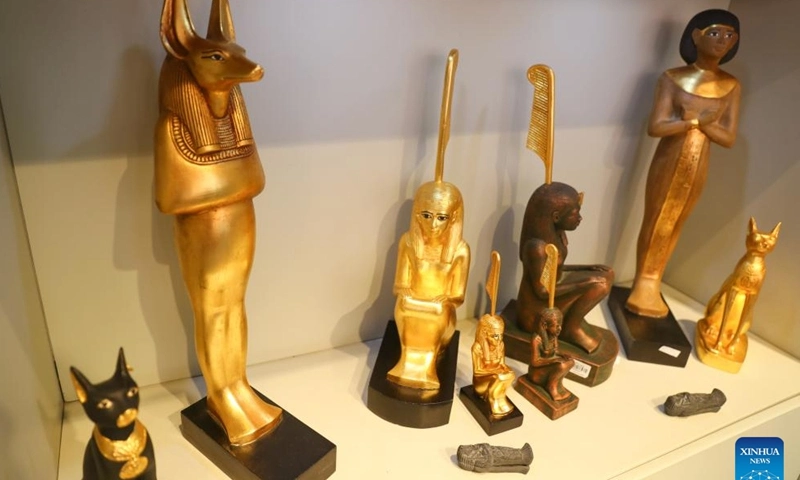
Ancient Egyptian God Statues and Their Powerful Symbolism
Ancient Egyptian god statues are not just objects of archaeological interest. They capture ethereal beauty, enduring manifestations of spirit, and artistic craftsmanship. These statues symbolized the gods’ mystical presence and multifaceted worship throughout ancient Egypt. From majestic idols by the temple gates to serene figureheads in burial chambers, every sculpture was strategically staged to serve a purpose.
As we all know, Egypt is not only about vast deserts, stunning temples, and fascinating pyramids. As a dedicated Egypt tour operator, we at Respect Egypt Tours understand that the primary goal of the tour is to dig deep and find meaning behind any sight. That is why we invite our guests to engage in the uncovering journey revolving around Ancient Egyptian god statues, learning not only their silent effigies but also why they evoke admiration worldwide.
The Spiritual Function of Egyptian Statues of Gods
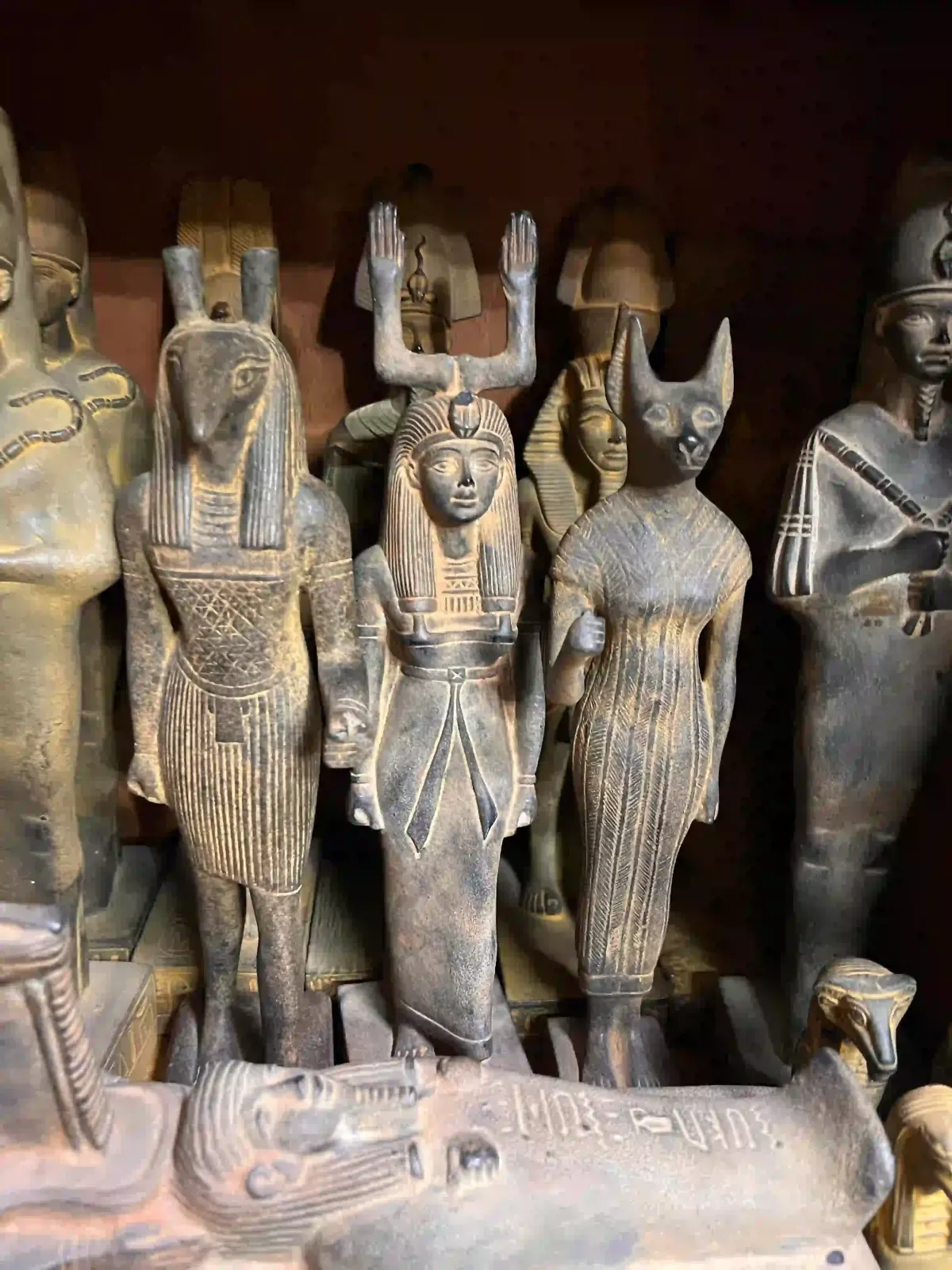
Like every artifact, statues in ancient Egypt served a certain purpose. Statues were vessels dedicated to omnipotent beings. During specific' consecration' rituals, the statue transformed to enable the god to take slumber within during offerings. Hence, the idol enabled the deity to attain ‘living’ status, and both dynamically took part in the worship rituals performed around the temple.
Priests washed and dressed the statues in linen and presented food offerings daily. These offerings were not merely symbolic; they were gifts to the gods. The mere presence of an Egyptian god statue within a temple or shrine signified the abode of divinity. Even statues placed within domestic quarters, as well as tombs, served as protective divinities, ensuring godly intercession during life and life after death.
The Materials Behind the Power of Ancient Egyptian God Statues
Egyptian artistry, and especially craftsmanship, holds singular importance culturally in Egypt. The significance of each material and its deliberate choice to embody the honored god is clear. Ancient Egyptians created basalt, granite, and diorite statues—materials reserved for the mightiest gods or royal commissions—to ensure their longevity. These elements, along with their density, durability, and capacity to withstand erosion, echoed the eternal essence of the beings they represented.
Limestone and wood were of lesser value, used for statues within private chapels or residential spaces. Wood symbolized fertility and renewal. Later, bronze and faience became commonplace, particularly for small statues and ritual figurines. Faience, with its blue-green luster, represented life and fertility, as well as the Nile.
Egyptian statues are well-known for their unrivaled artistic accuracy. One can only see some details with great magnification because of their precision. Statues underwent a form of ritualistic activation titled “Opening of the Mouth.” This transformed the sculpture into a spiritually potent entity.
Iconic Gods Represented in Ancient Egyptian God Statues
Egyptian religion was polytheistic, with hundreds of gods and goddesses. However, several deities were especially prominent, and their statues played crucial roles in worship, protection, and mythology. Below are the most widely represented gods in Egyptian statues of gods and the unique features of their imagery.
Horus: The Falcon-Headed Sky God
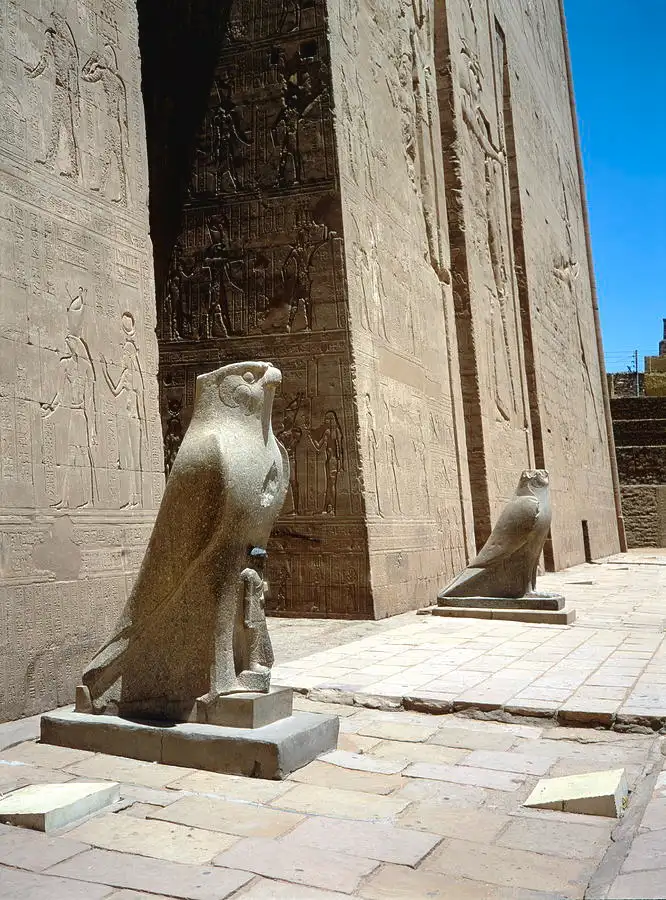
The ancient Egyptians employed Horus as a god of kingship and the sky, cementing him as vital for Pharaonic identity. Standard Egyptian god statue of Horus with a falcon’s head, often adorned with the double crown representing Upper and Lower Egypt. People believed him to be the Pharaoh’s protector, so they placed his statues at temple gates, palace doorways, and even royal tombs.
Archaeologists have discovered Horus statues, carved from granite and basalt, in both seated and standing positions. Operating as a shrine, Edfu Temple contains a singular version of Horus statues flanked by a flail and scepter, symbolizing his dominion of agriculture and power.
Horus statues are uniquely mythicized in the correlations made with solar and lunar symbolism. To elaborate, each of his eyes represented celestial bodies — his right eye signifying the sun, and the left the moon. With such cosmic associations, his statues were crucial for solar alignment in temples during solar standstills, such as the solstices and equinoxes.
Anubis: The Jackal-Headed God of the Dead
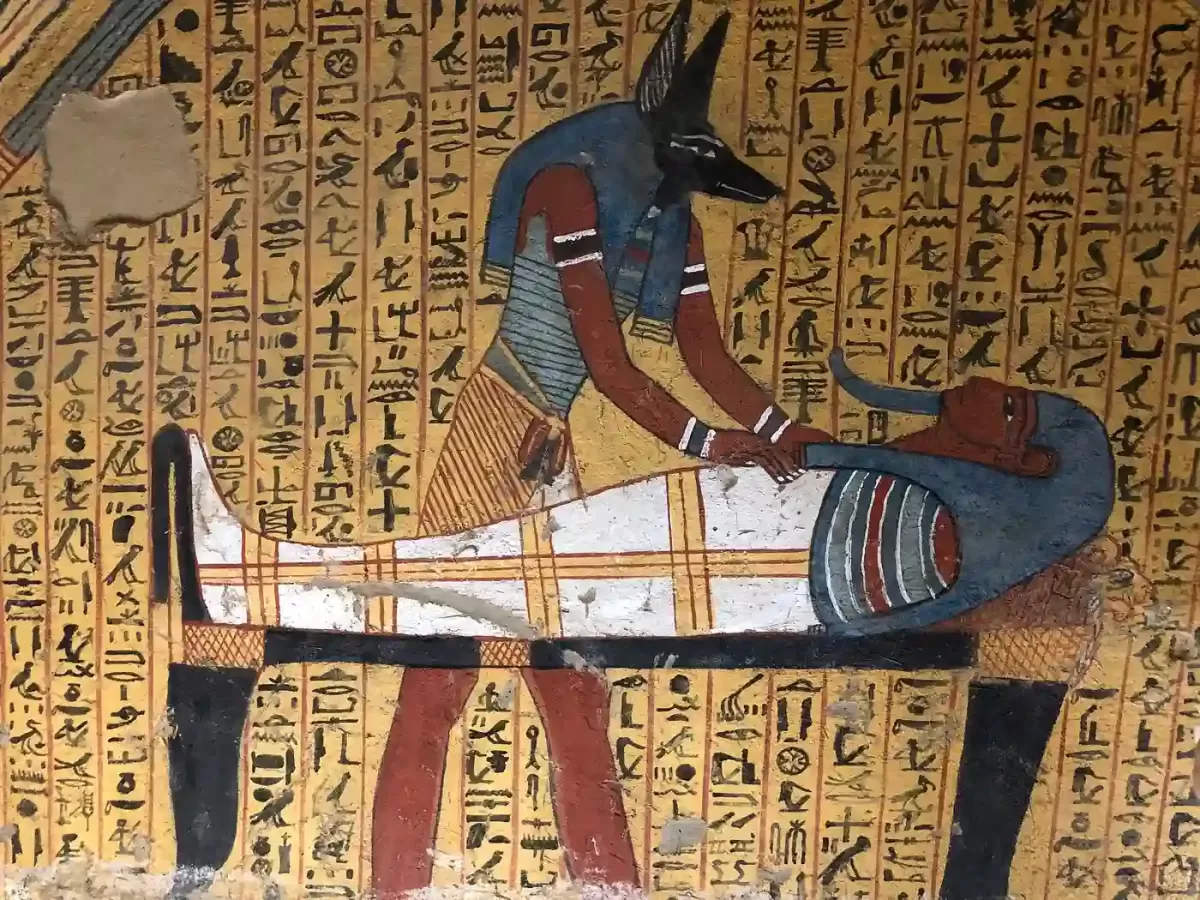
Anubis, guardian of the dead and god of mummification, is often mistaken for a dog, but he is, in fact, a jackal. Funerary contexts were the primary use for his statues. An Egyptian pharaoh dog statue depicting Anubis was not ornamental. It served as a protector of tombs and a guide through the underworld.
Anubis statues usually portray him in a crouching position, ears upright, with a serene but watchful gaze. Some rare sculptures depict him holding the ankh, the symbol of life. Materials like obsidian and black basalt were used to emphasize his role in resurrection and rebirth.
Few people know that ancient Egyptians placed Anubis statues in ritual chambers with perfumed oils hidden inside their bases. These oils are purified to purify the air for the deceased, ensuring their soul’s safe journey beyond death.
Isis: The Goddess of Motherhood and Magic
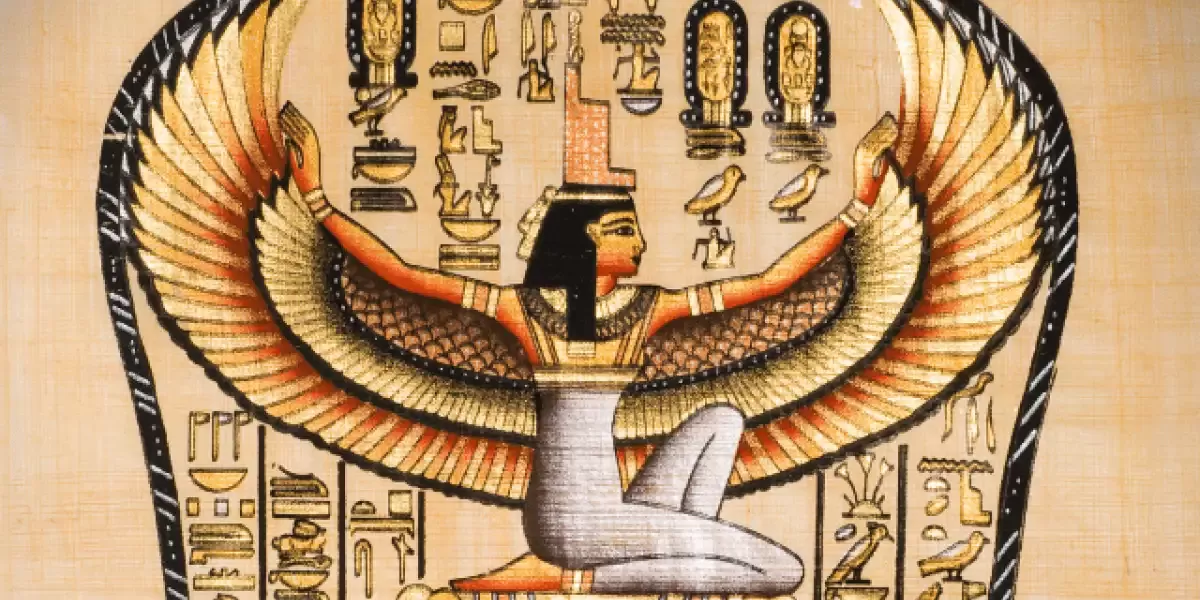
They venerated Isis as a model mother, spouse, and sorceress. One can find her statues in households and in major temples, shrines, and other places of worship. Her depictions show her wearing a throne-shaped crown or cow horns that encase a sun disk, linking her to Hathor and solar imagery.
Ancient Egyptian god statues show Isis nursing Horus in the “Isis Lactans” pose. Some say this pose predates the Christian depiction of the Madonna and Child. Ancient Egyptians created Isis statues using bronze or painted wood; many still have traces of their original pigments.
Some of her statues were inscribed with healing spells and fertility prayers, as noted. This illustrates that she was more than a deity to worship—she was a tangible presence in the daily rituals of women and families in ancient Egypt.
Thoth: The Scribe of the Gods
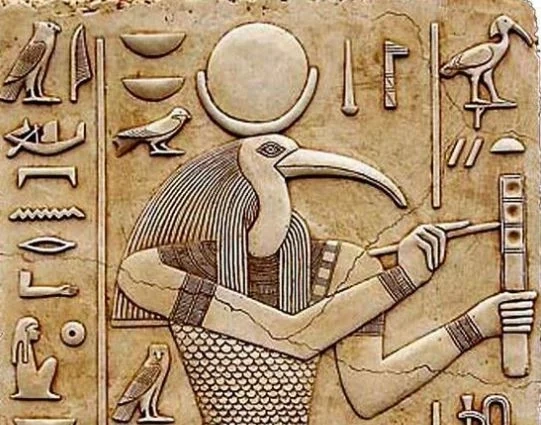
Son of Shu, God Thoth possessed wisdom and was often depicted with a baboon’s or ibex head. Educational and legal temples, where rituals took place, featured statues of Thoth. He was thought to possess all divine wisdom and wrote the secrets of the universe, keeping them safe.
Traditionally, the Egyptian god statue of Thoth shows him as grasping a scribal tool or writing board. Priests used tablets inscribed with sacred and legal secrets in rituals. Thoth’s presence was essential in the hall of Ma’at for weighing the deeds of the deceased.
Electrum statues are the most interesting. Gold and silver naturally bonded in some lazy ways to create the electrum. Electrum’s scarcity today makes statues forged from it incredibly rare.
Bastet: The Feline Guardian of Joy and Home
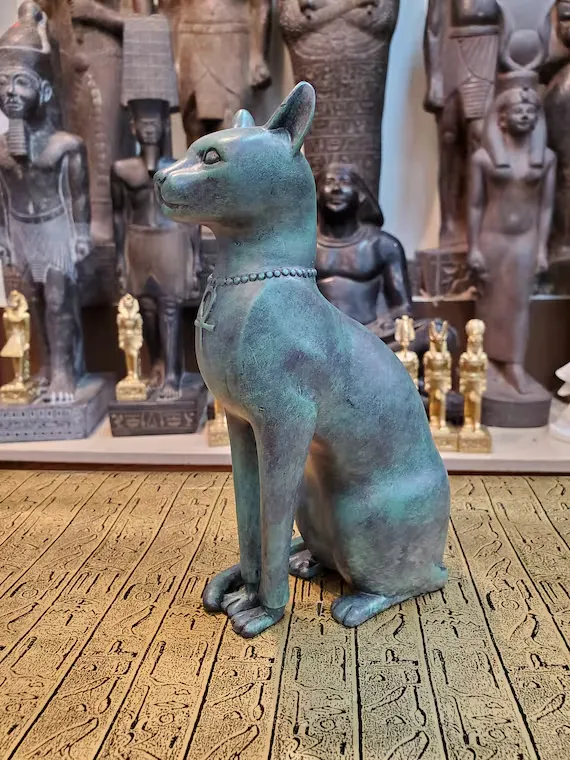
Bastet’s worshippers considered her as the goddess of home, joy, and fertility. Their reverence establishes her as one of the most cherished divinities. Toward the end of the Egyptian era, she became etched in bronze and tailored to sit as protective decor in spaces, cementing her status as the cat goddess whose loving watch kept houses safe. Representations show her as a seated feline or a woman with a cat’s head, often clasping a sistrum that she would rattle during worship.
Bubastis housed her cult and is known today for the 300,000 mummified cats buried there alongside bronze or faience statues of Bastet. Such items were not mere religious offerings; rather, in the eyes of the ancient Egyptians, they held profound symbolism as heartfelt messages to the goddess.
To mitigate the risks of falling ill, encountering bad luck, or catching malevolent spirits, the statues of Bastet were vital aids. Each household inscribed their names and bespoke designs to the base of their statue, making it unique to them. The extent to which Egyptians could personalize the Egyptian statues of gods reveals the kind of living bond they shared with the deities.
Role of Statues in Temples, Tombs, and Everyday Life
Every located purpose for placement of statues had a specific significance. In temples, statues served as the corporeal manifestation of the deity within the realm of the Earth. People placed the statues in inner sanctuaries, hidden from the public, revealing them only for festivals or important rituals.
To accompany the deceased, statues were placed on tombs. Shabtis was one type of funerary figurines that was often made in the likeness of deities and was thought to perform manual labor for the deceased in the afterlife. These figures were miniature and, more than symbolic, they were spiritual aides.
Homes contained small statues of Egyptian gods, kept as amulets. It was common for households to have small alcoves which would contain an idol of Isis, Thoth or Bastet. The households did not regard these gods as remote representations but rather as actual powers able to shape mundane events of life.
The Influence of Egyptian God Statues in Modern Culture
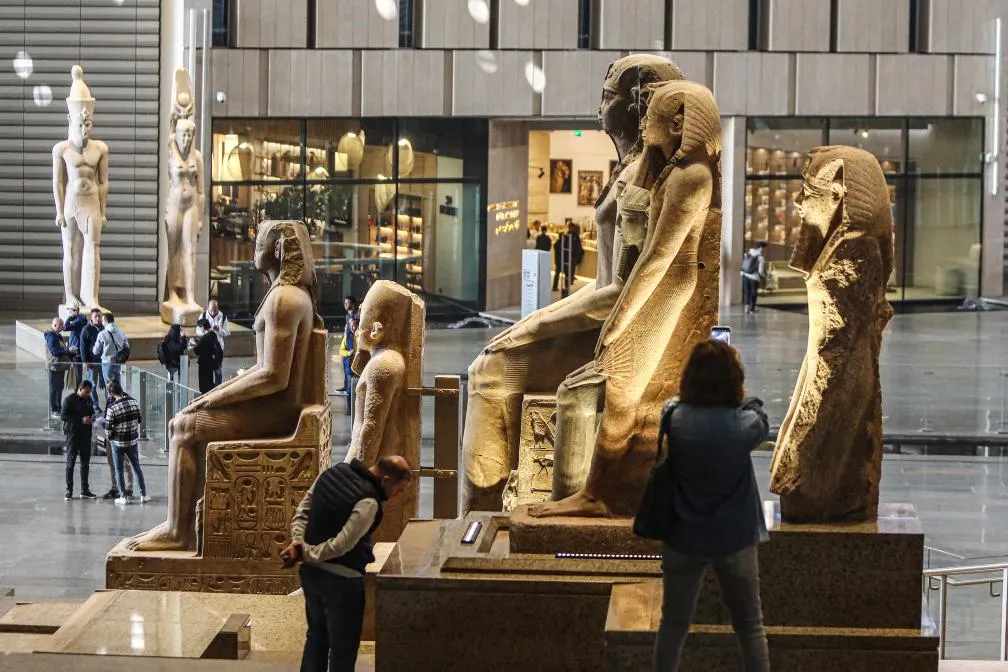
In contemporary times, Egyptian god statues are common in museums and private collections or used as interior decorations. For aesthetic or spiritual purposes, replicas of Egyptian deities like Anubis, Thoth, or Bastet are popular. It is, however, critical to note the difference between authentic artifacts and inspired replicas.
The Grand Egyptian Museum and The British Museum showcase large-scale god sculptures, which modern scholars are still trying to unveil the glyphs and color layers beneath them, including pigments only detectable through UV rays.
Alongside these museums, there are places that require responsibly sourced replicas that capture the essence of deities while not breaking cultural laws. Such replicas are created using bronze, resin, or alabaster to pay homage and make them available for a contemporary audience.
Why Ancient Egyptian God Statues Still Matter?
Ancient Egyptian god statues are not just remnants of a past religion. They are lasting expressions of a civilization that understood the divine in every aspect of life. These statues offer insight into how the Egyptians saw their gods—not as distant creators, but as close protectors, helpers, and guides.
At Respect Egypt Tours, we take you beyond the glass cases. We help you understand the story behind each figure, each inscription, and each sculpted gaze. With every step you take through Egypt’s temples and tombs, you walk in the shadow of gods—some carved in stone, others still alive in spirit.
Conclusion: The Eternal Voice of Stone
Ancient Egyptian god statues are not simply relics of a lost civilization; they encapsulate deeply held beliefs, artistic genius, and the cultural essence of the timeless civilization. Artisans designed each statue in the temples and tombs not only to pay respect but also to animate, embody, and vivify the sacred.
Horus, Anubis, Isis, Thoth, Bastet, and many more narrate legends revealing the depths of conviction with which the Egyptians cherished the concept of representation. These Egyptian statues of gods were not only brought into existence through sculpting; they were ritually and fervently granted life and respected as divine icons of authority and safeguarding.
Now, they inspire many people, including scholars, travelers, and seekers from different parts of the world. Their unmatched beauty, symbolism, and mystery are unparalleled. We at Respect Egypt Tours supremely believe that the standing position before such ancient symbols is the best way to comprehend them. To experience the essence of their mythology, artistry, and legacy in Egypt is simply divine.
Let the expedition start from where history had been inscribed on stones. Book your Egypt tour with Respect Egypt Tours.


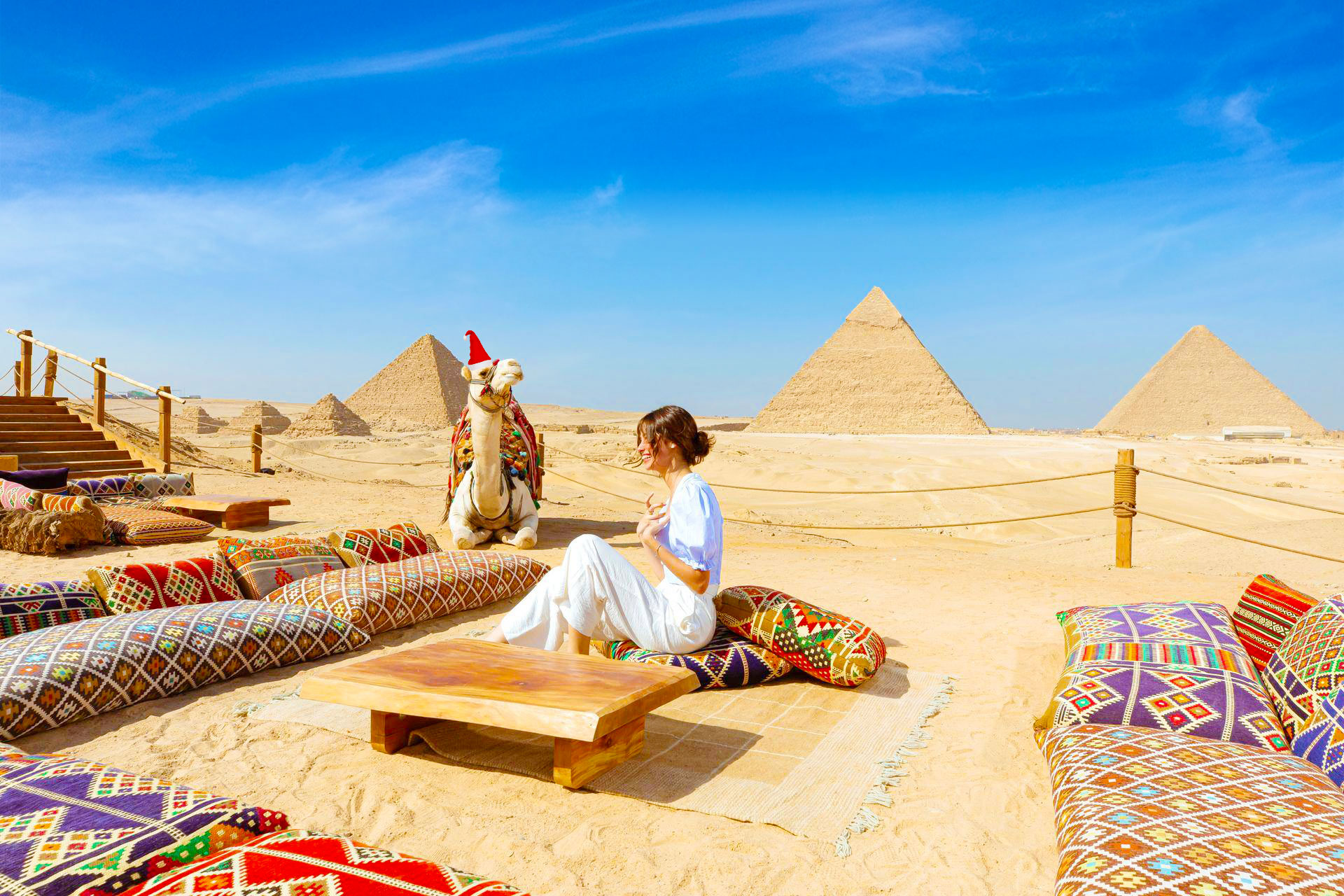




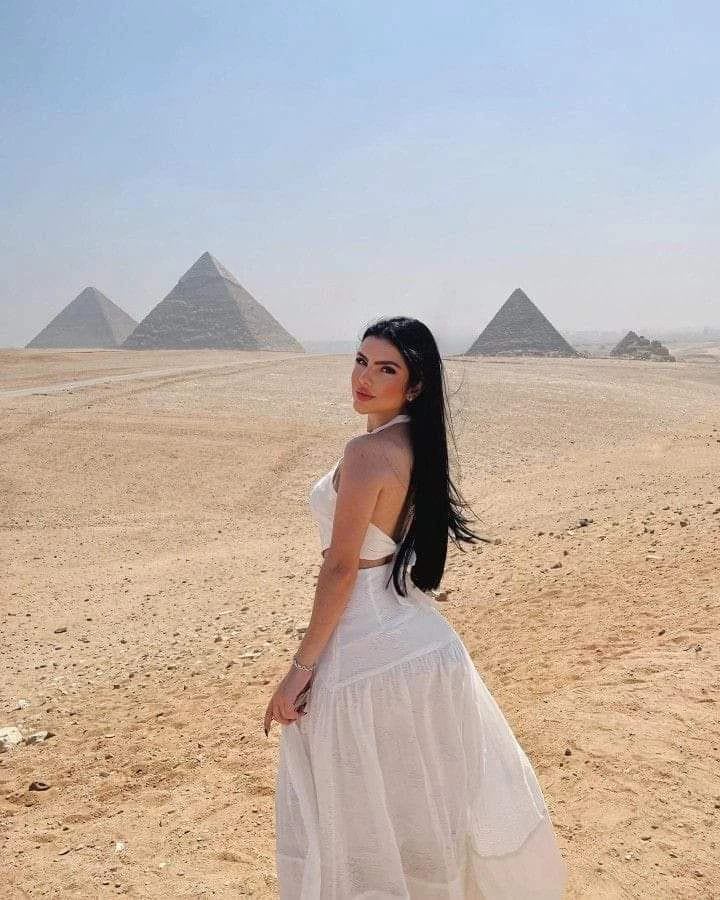

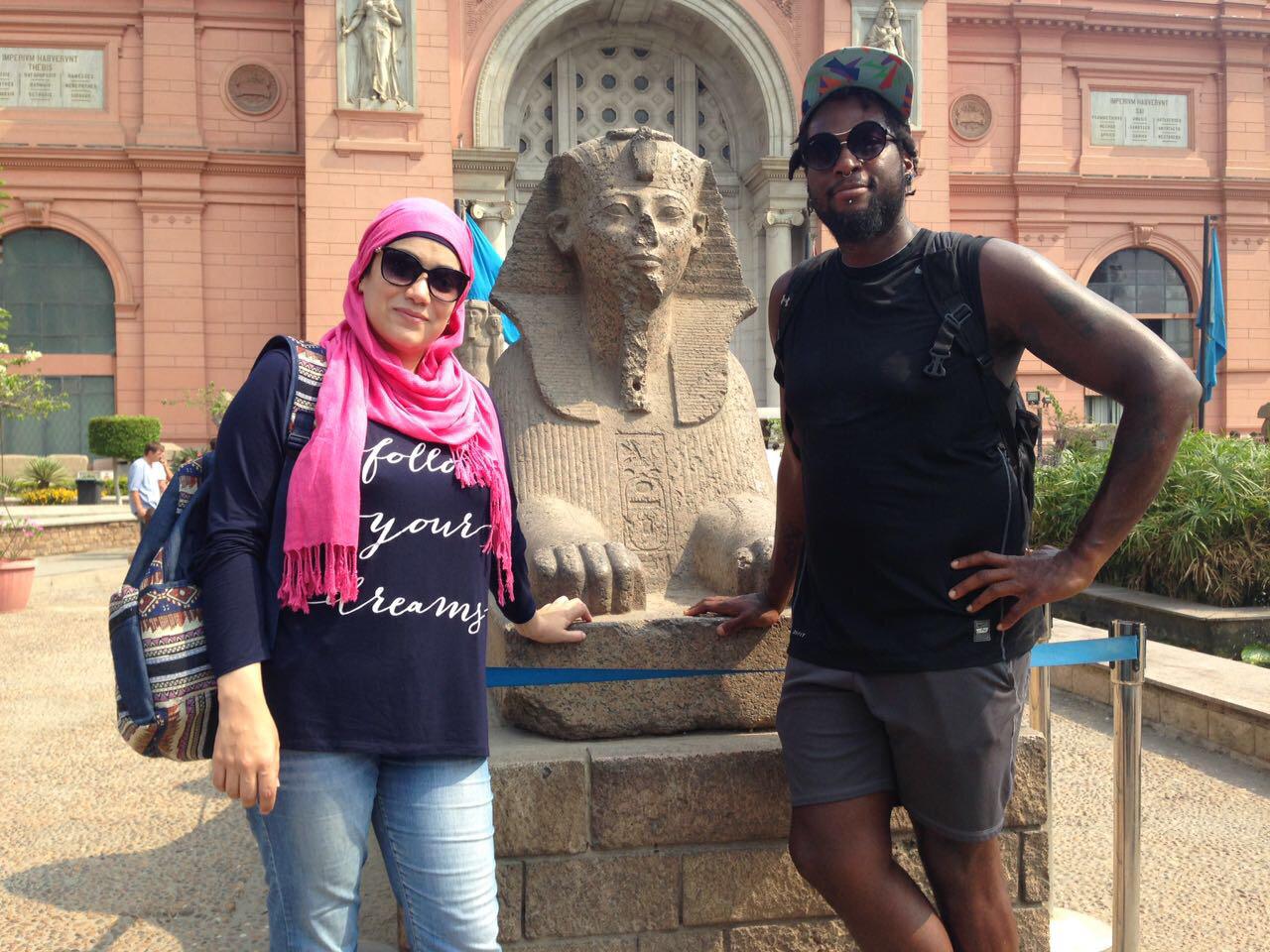
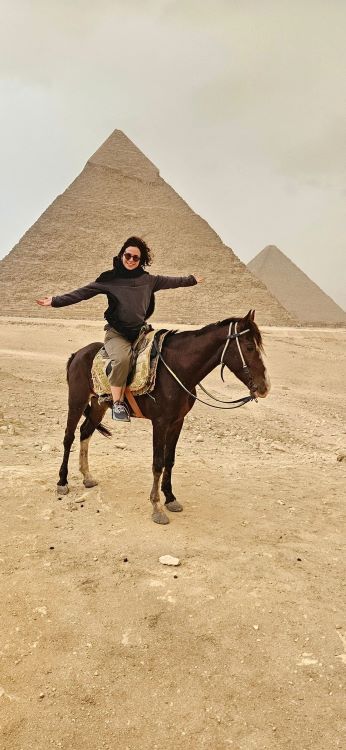
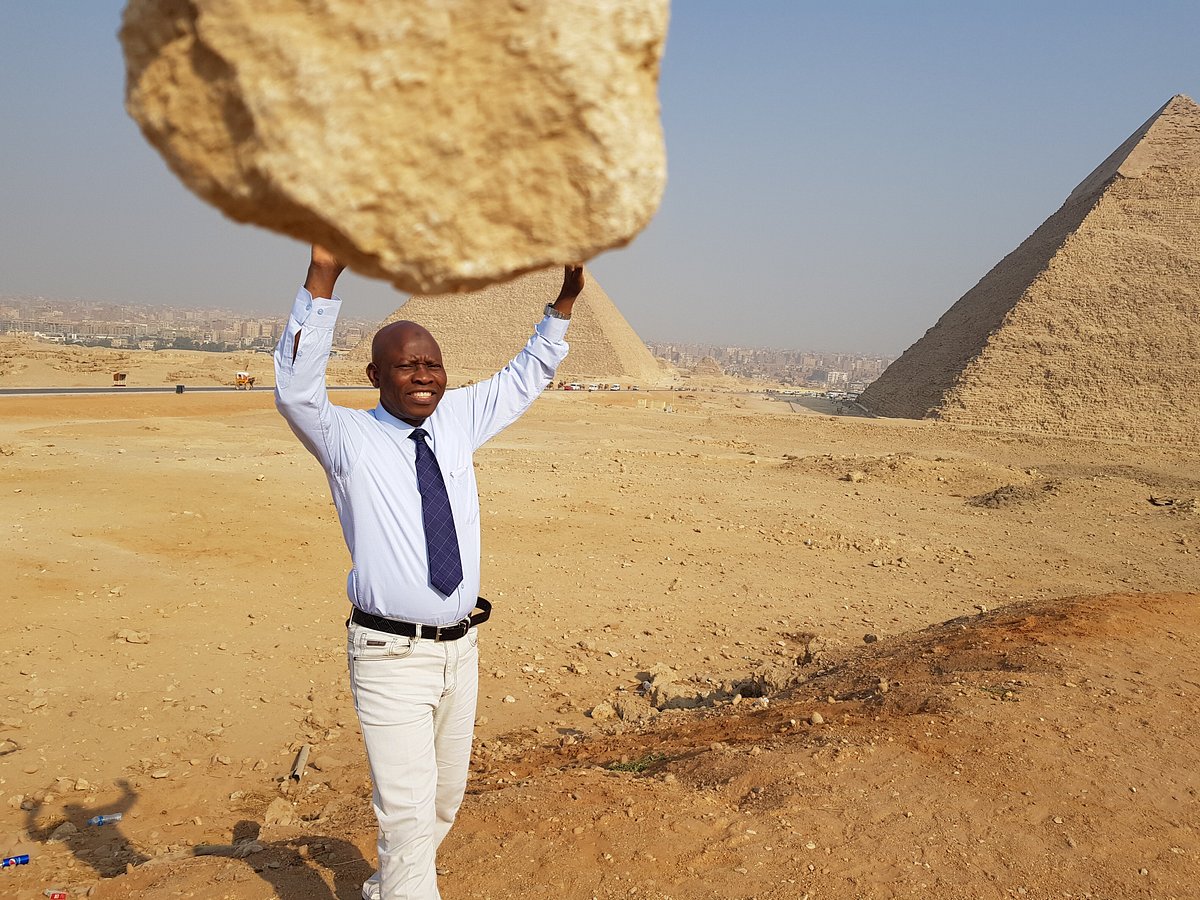
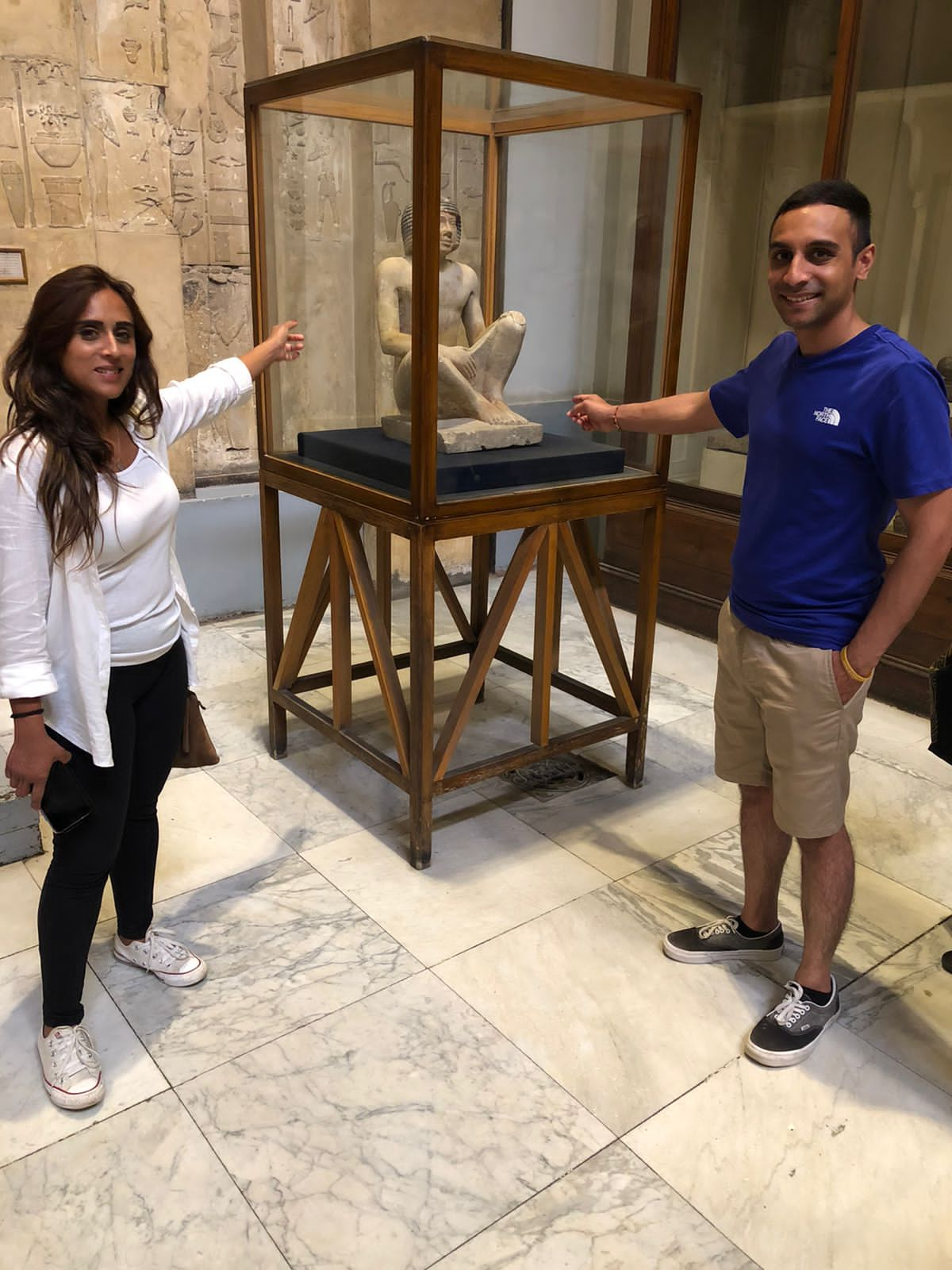

.jpg)

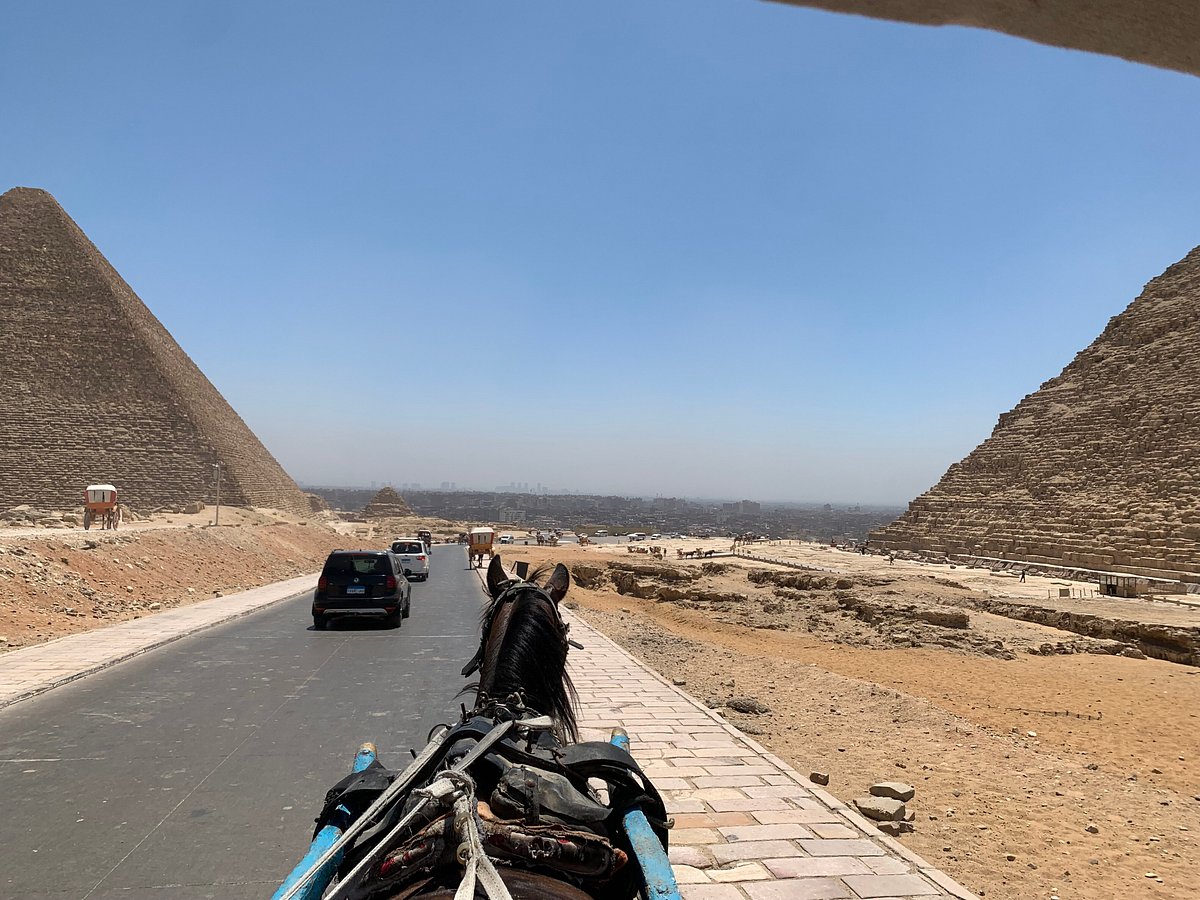
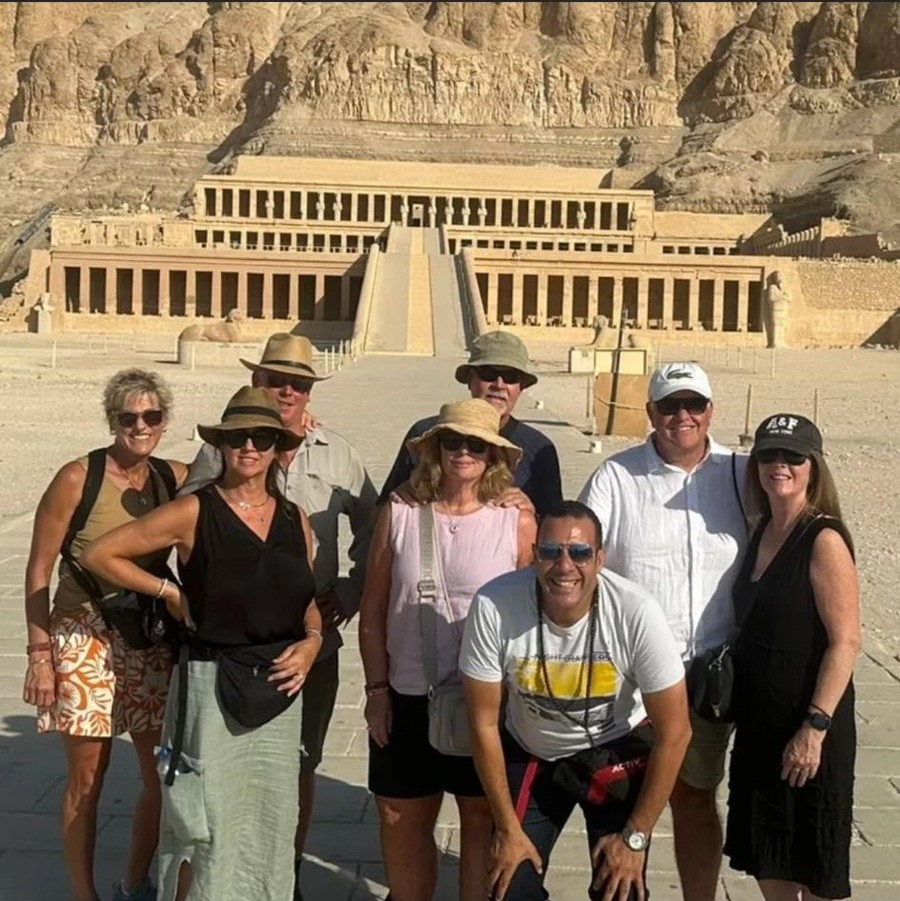
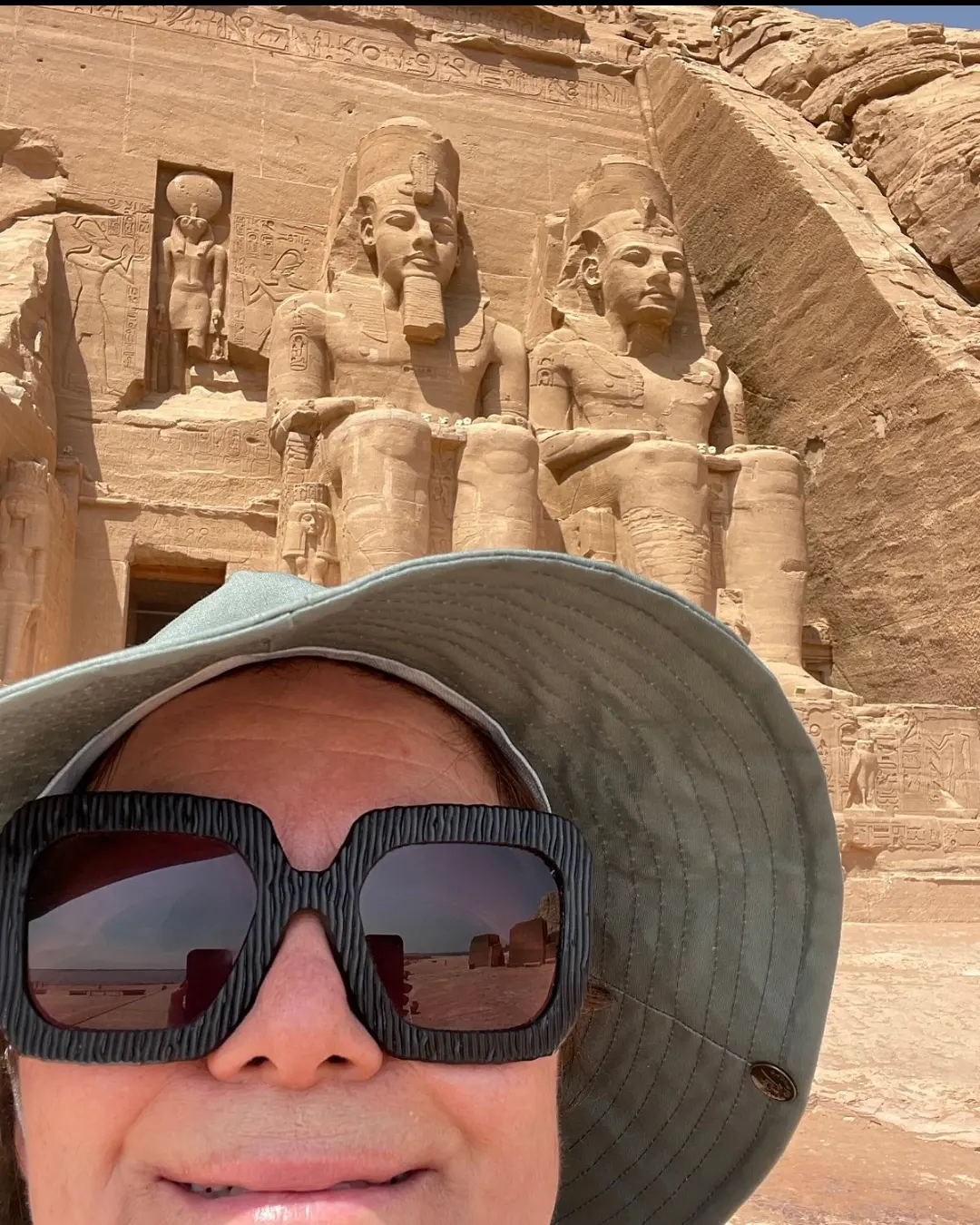
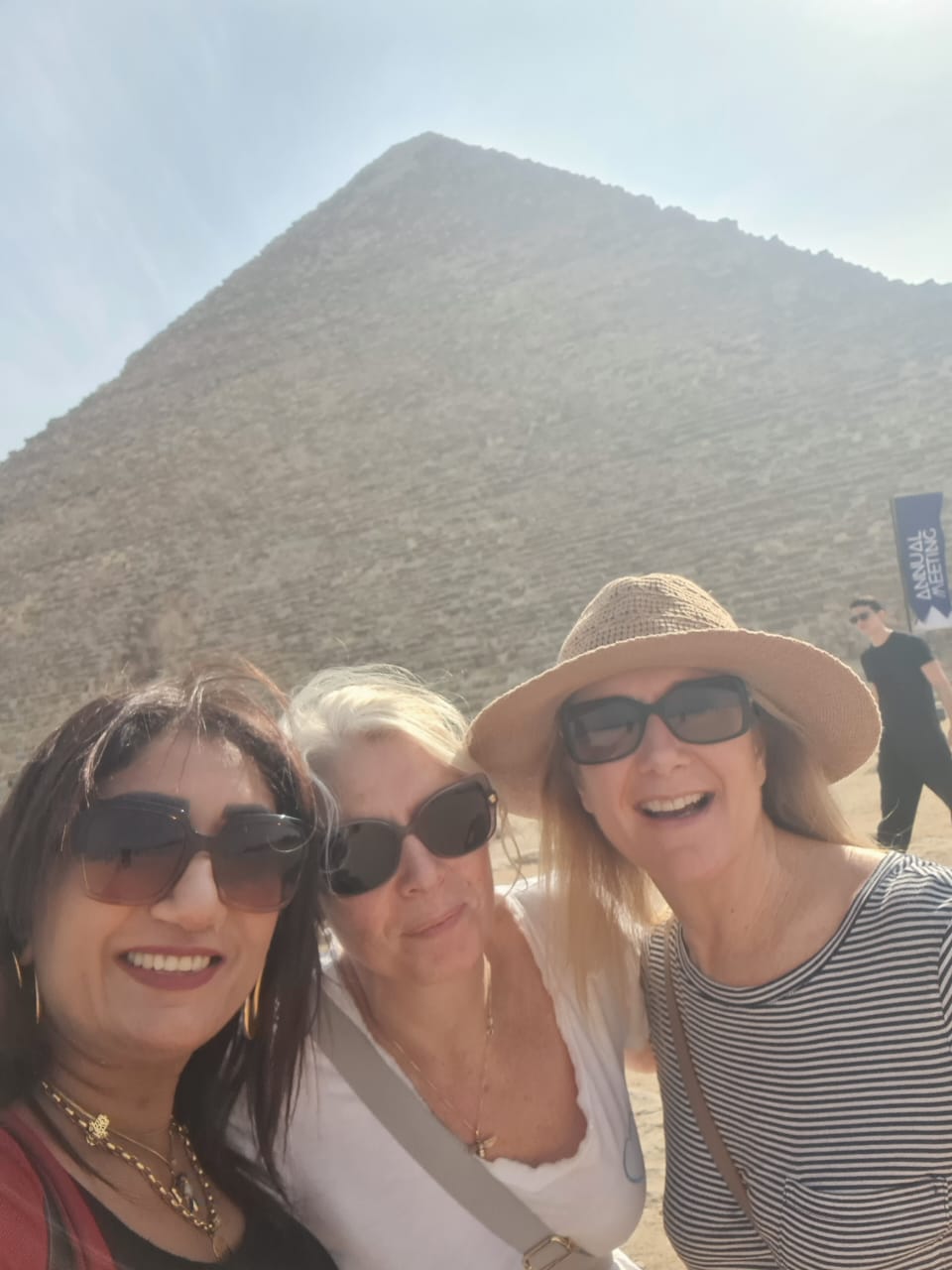
.jpeg)

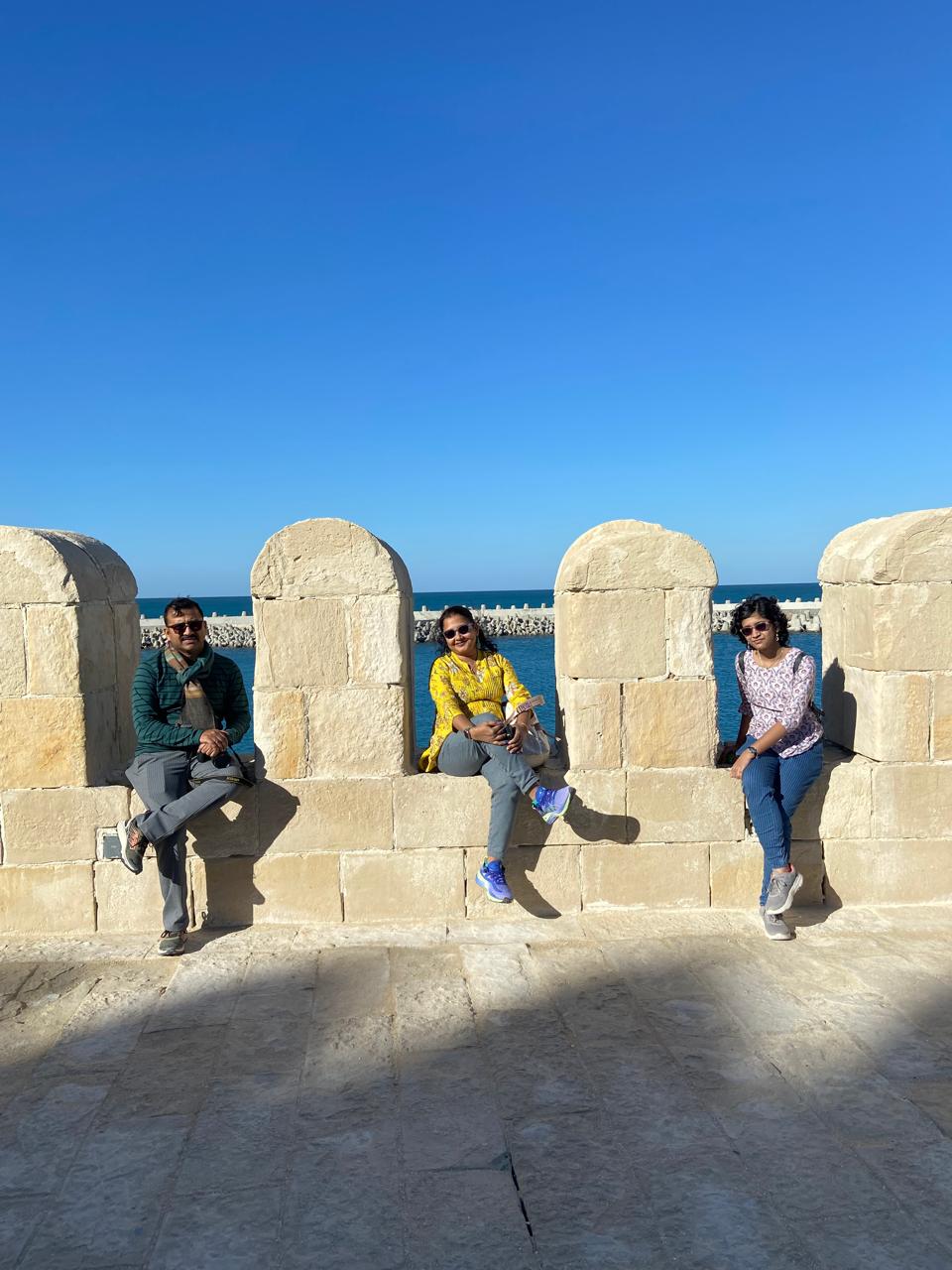
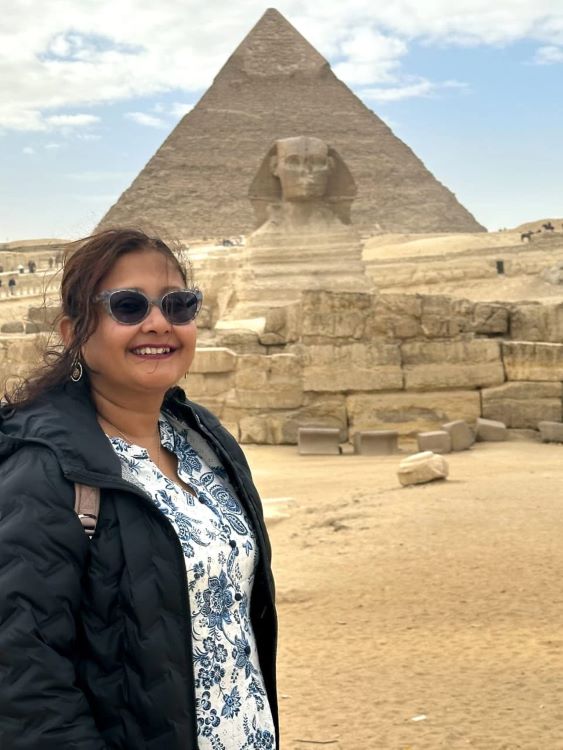
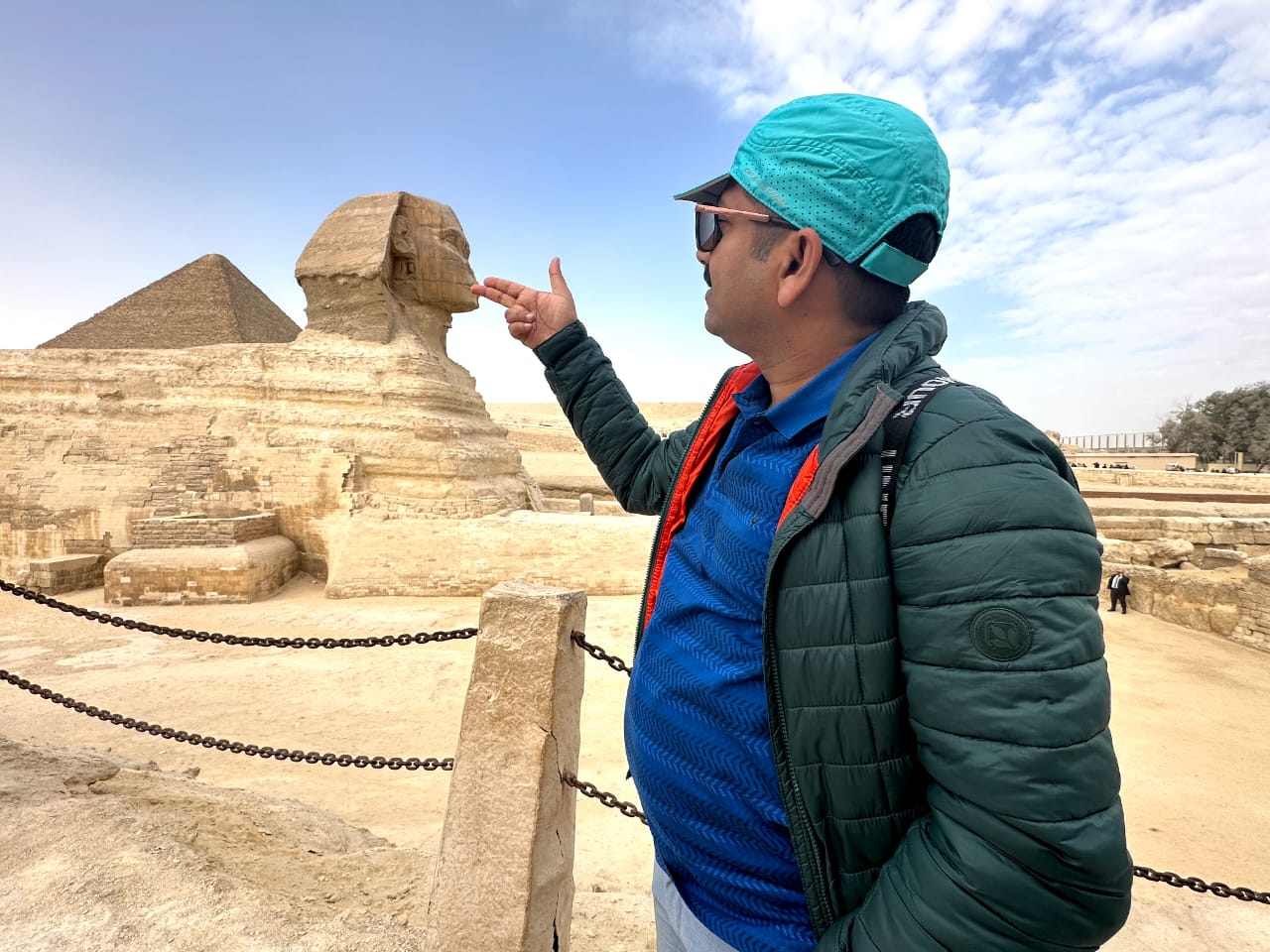

.jpg)
.jpg)
.jpeg)
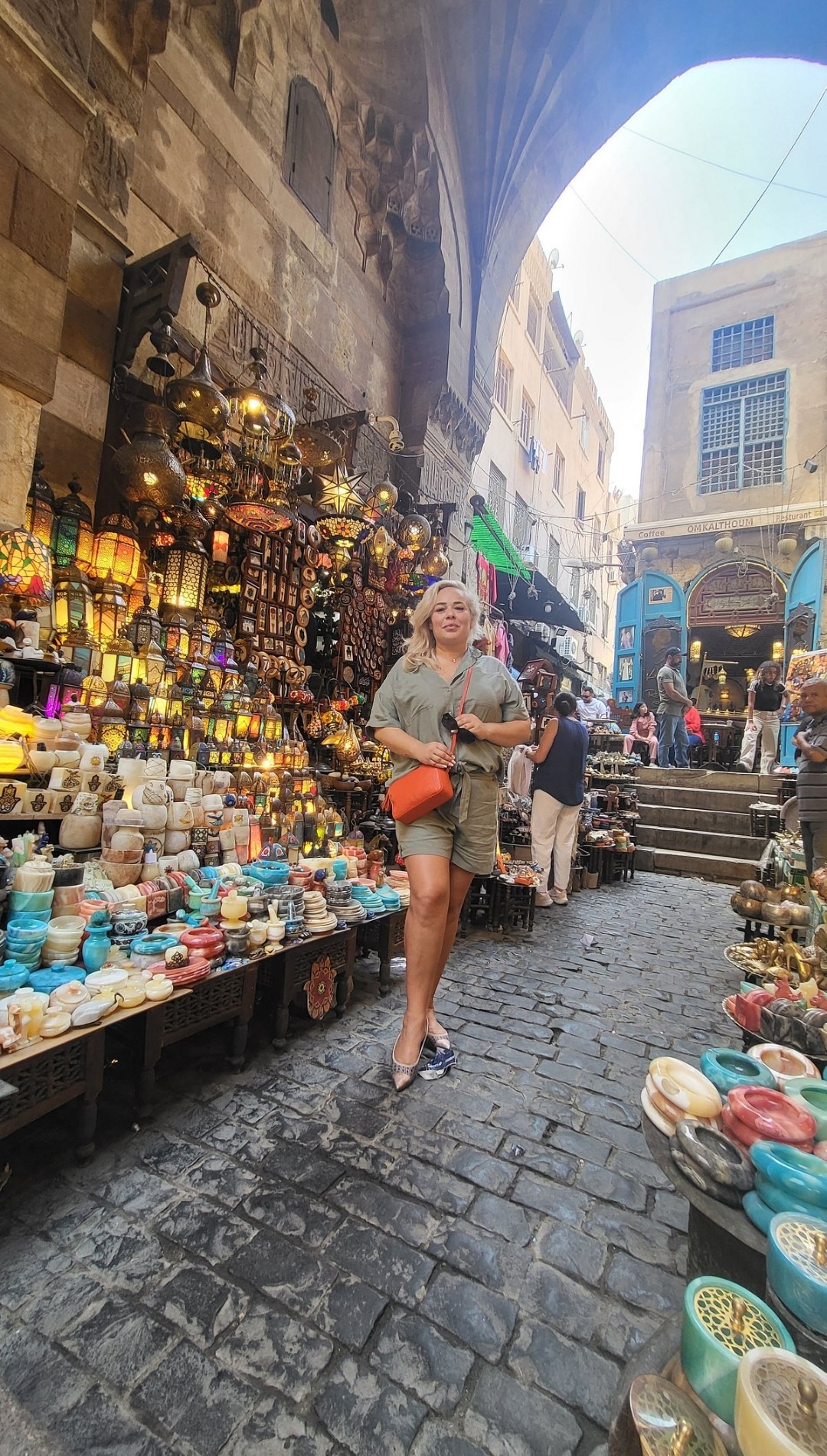
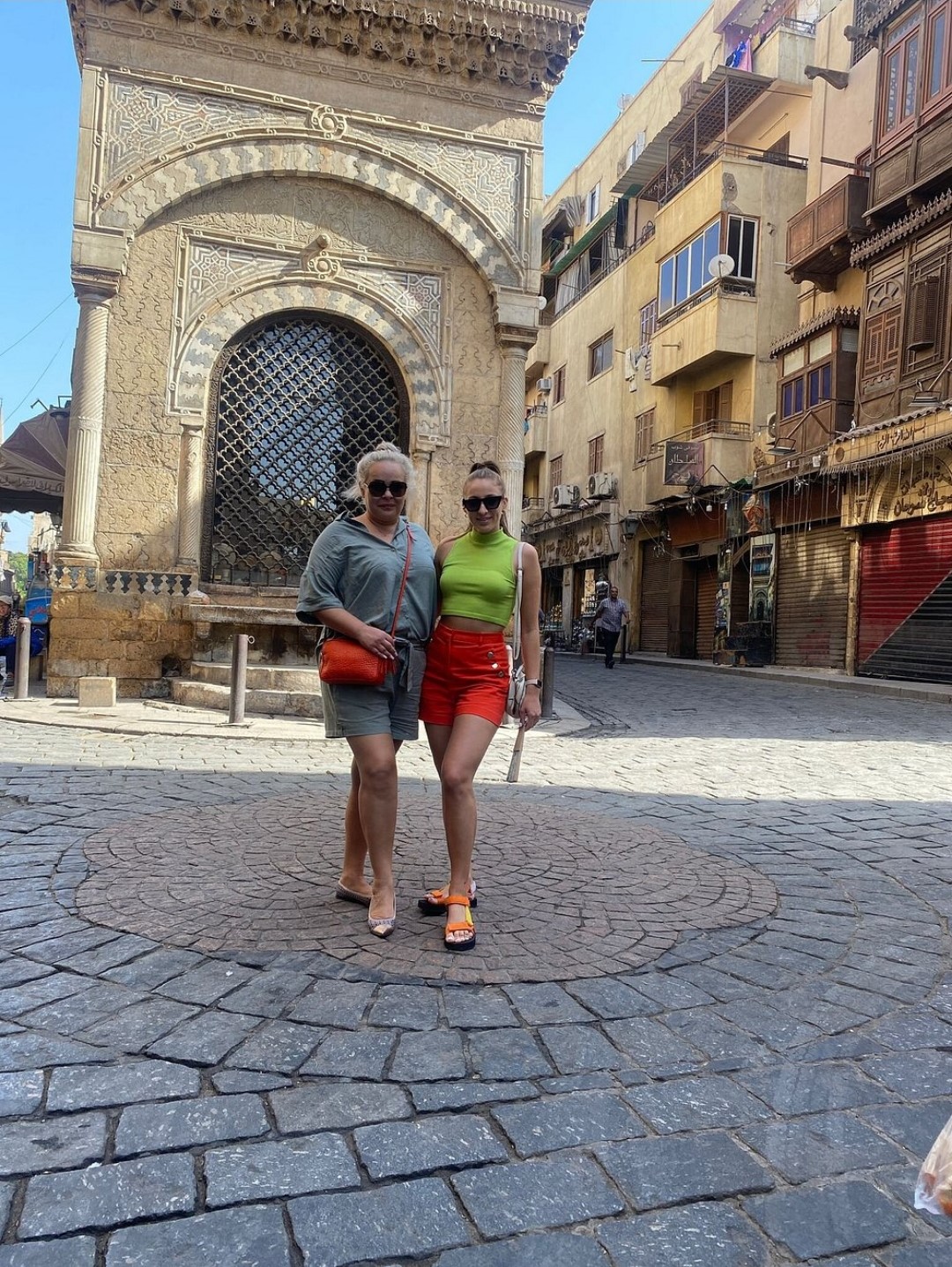
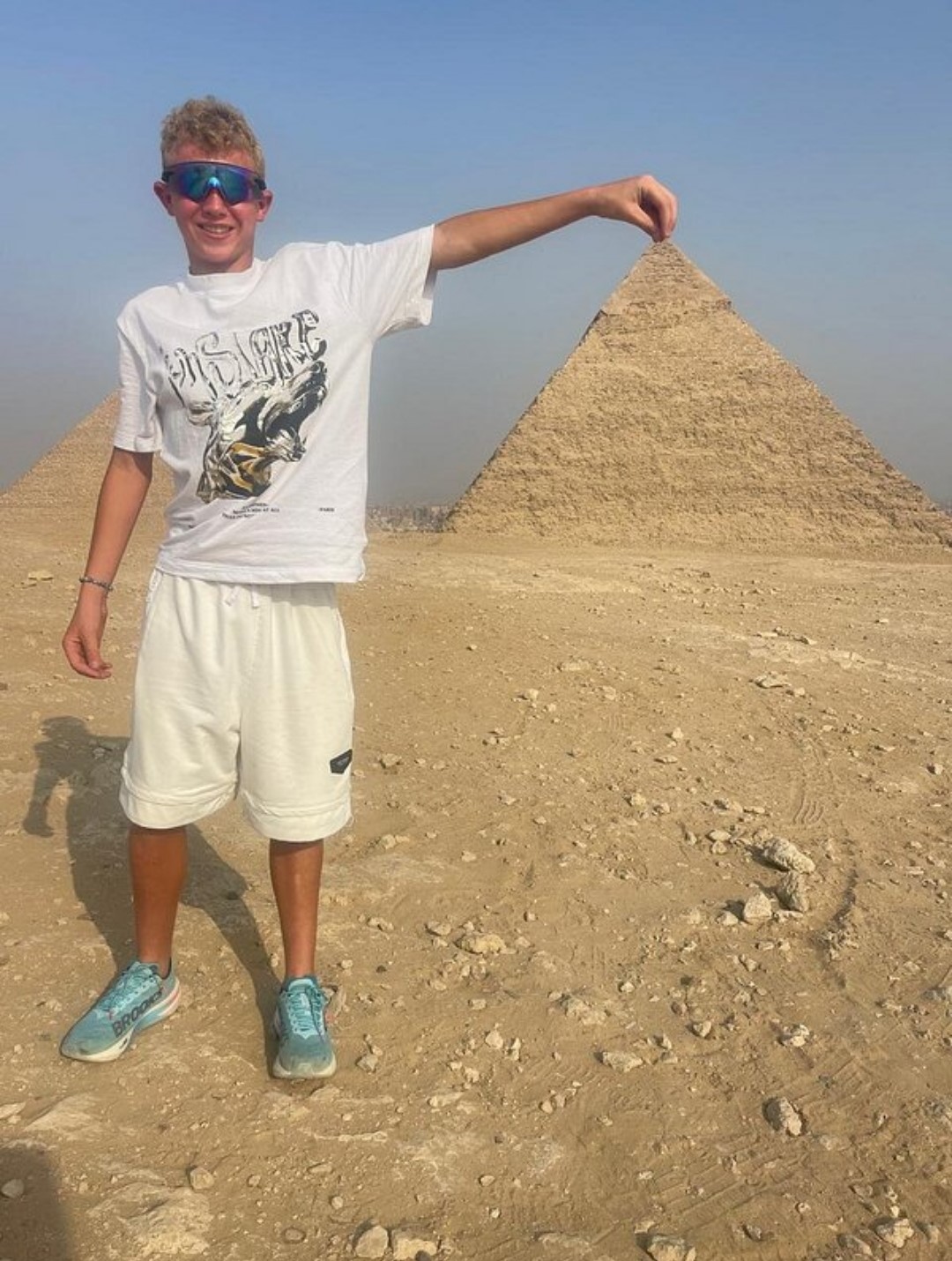
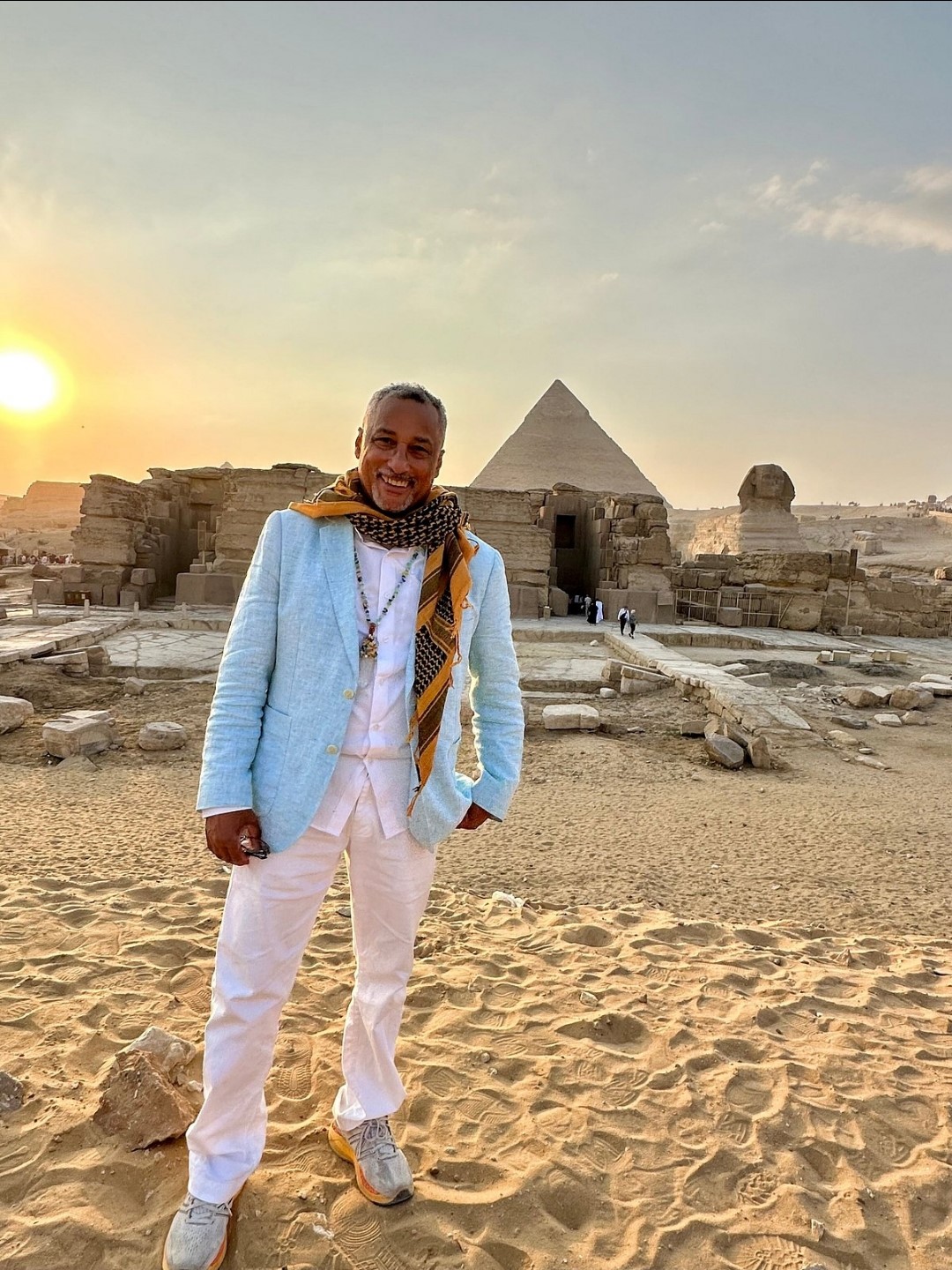
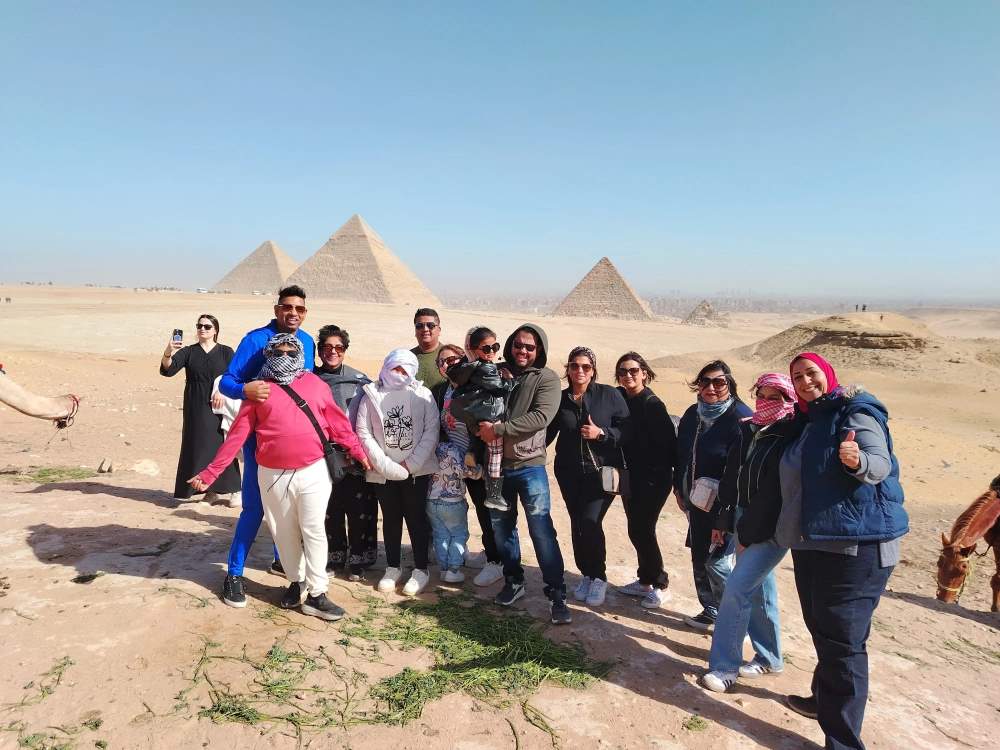
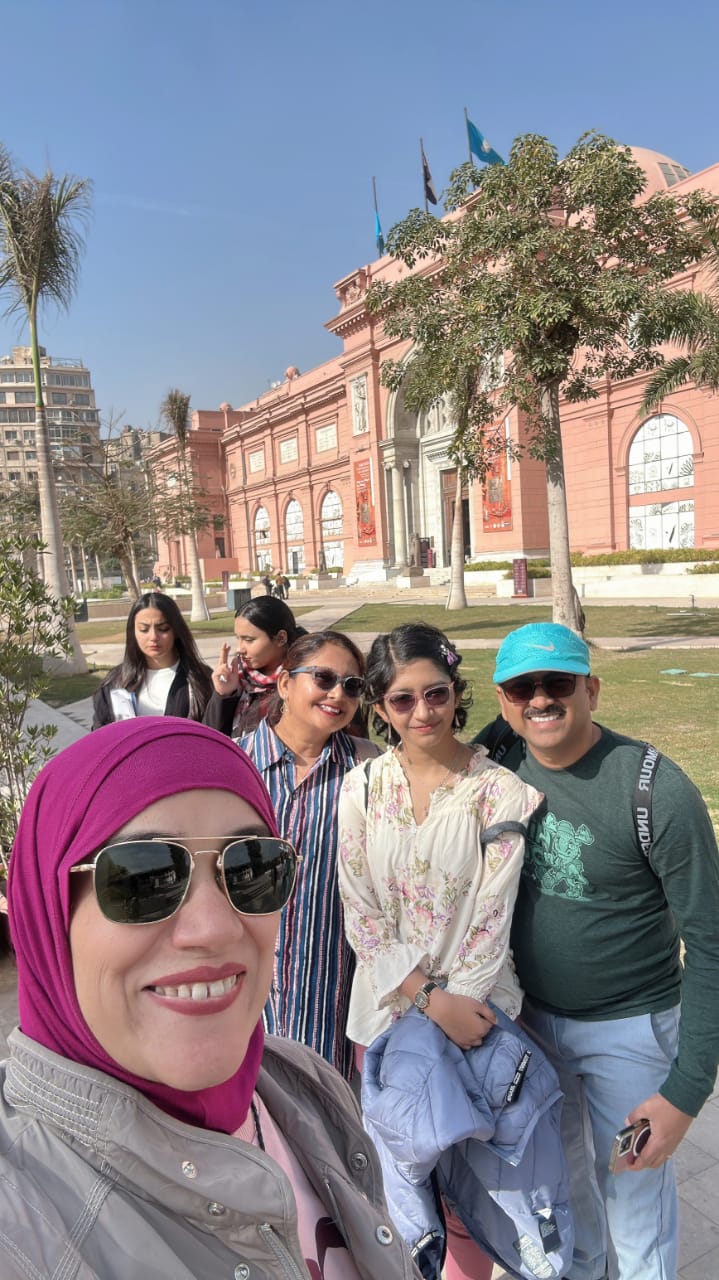
.jpg)
.jpg)
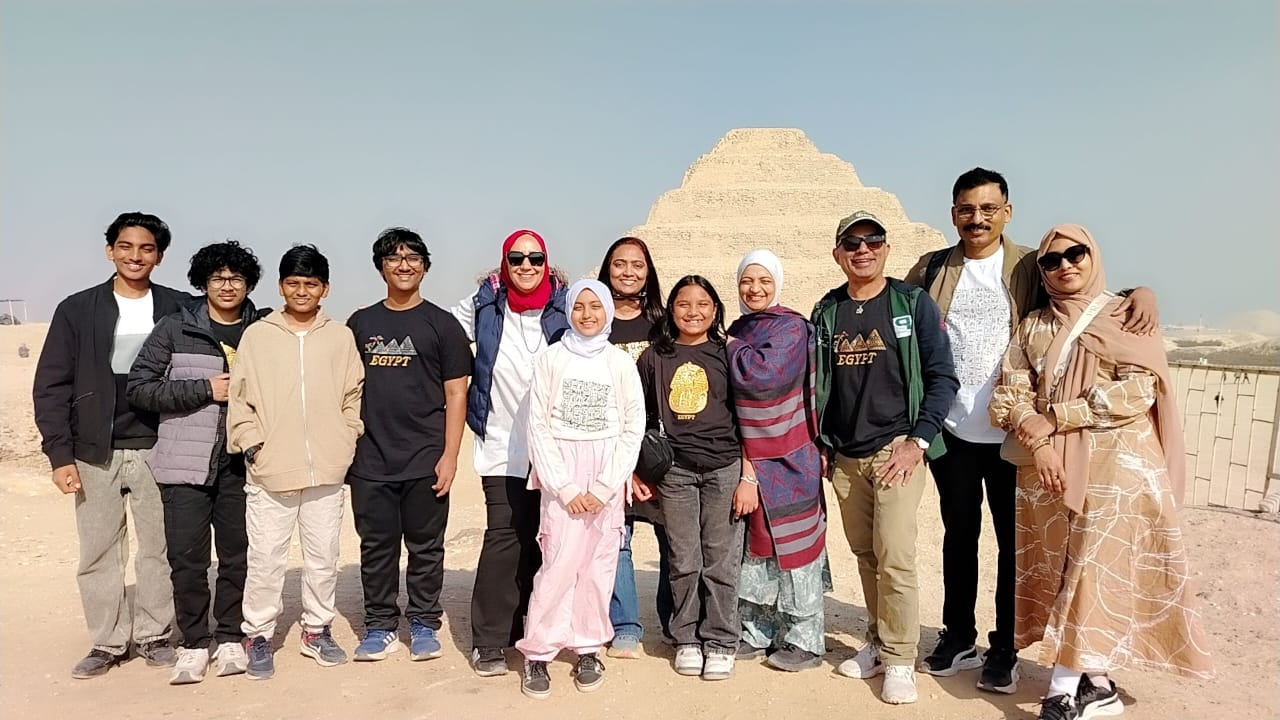
.jpg)
.jpg)
.jpg)
.jpg)
.jpg)
.jpg)
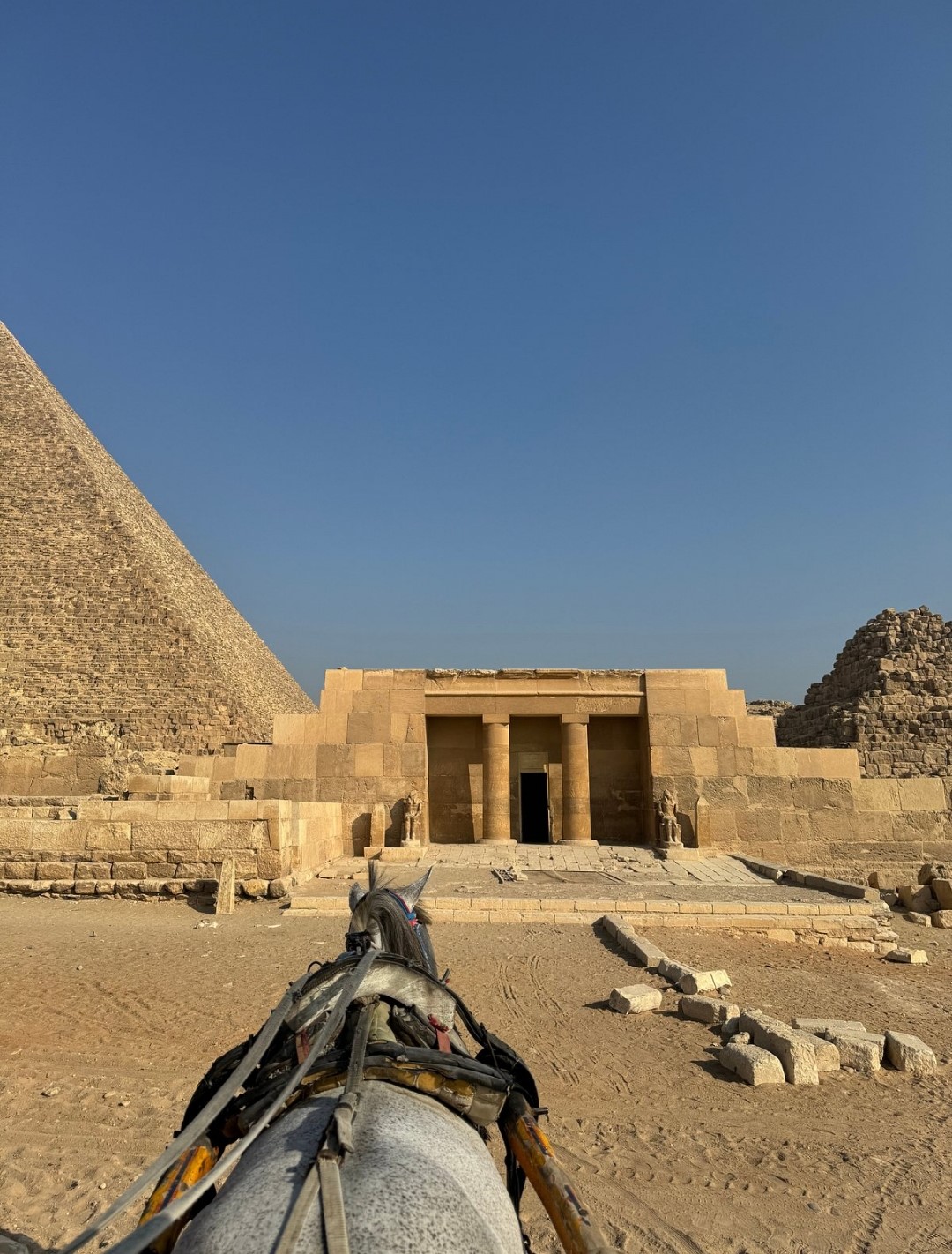
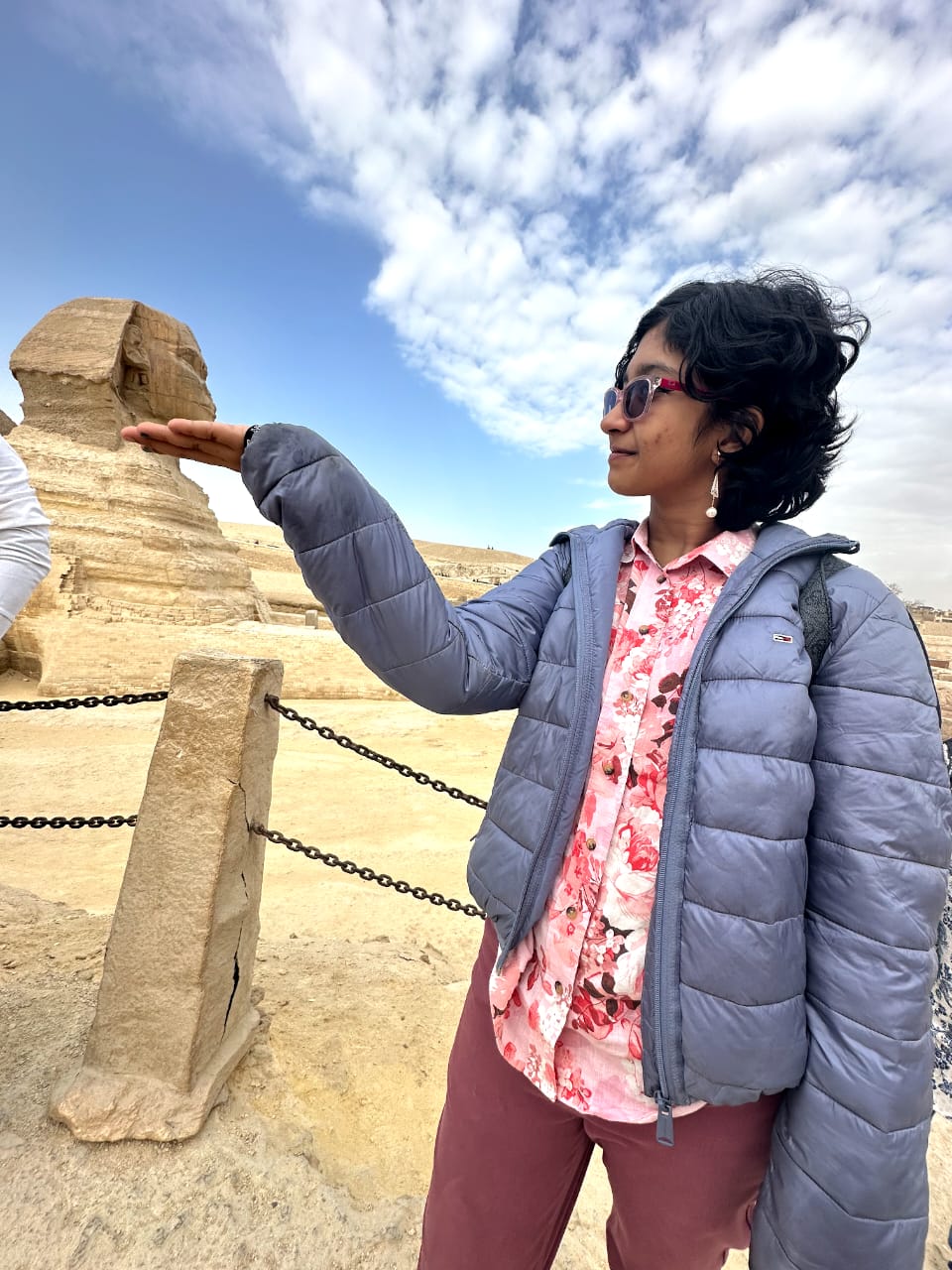
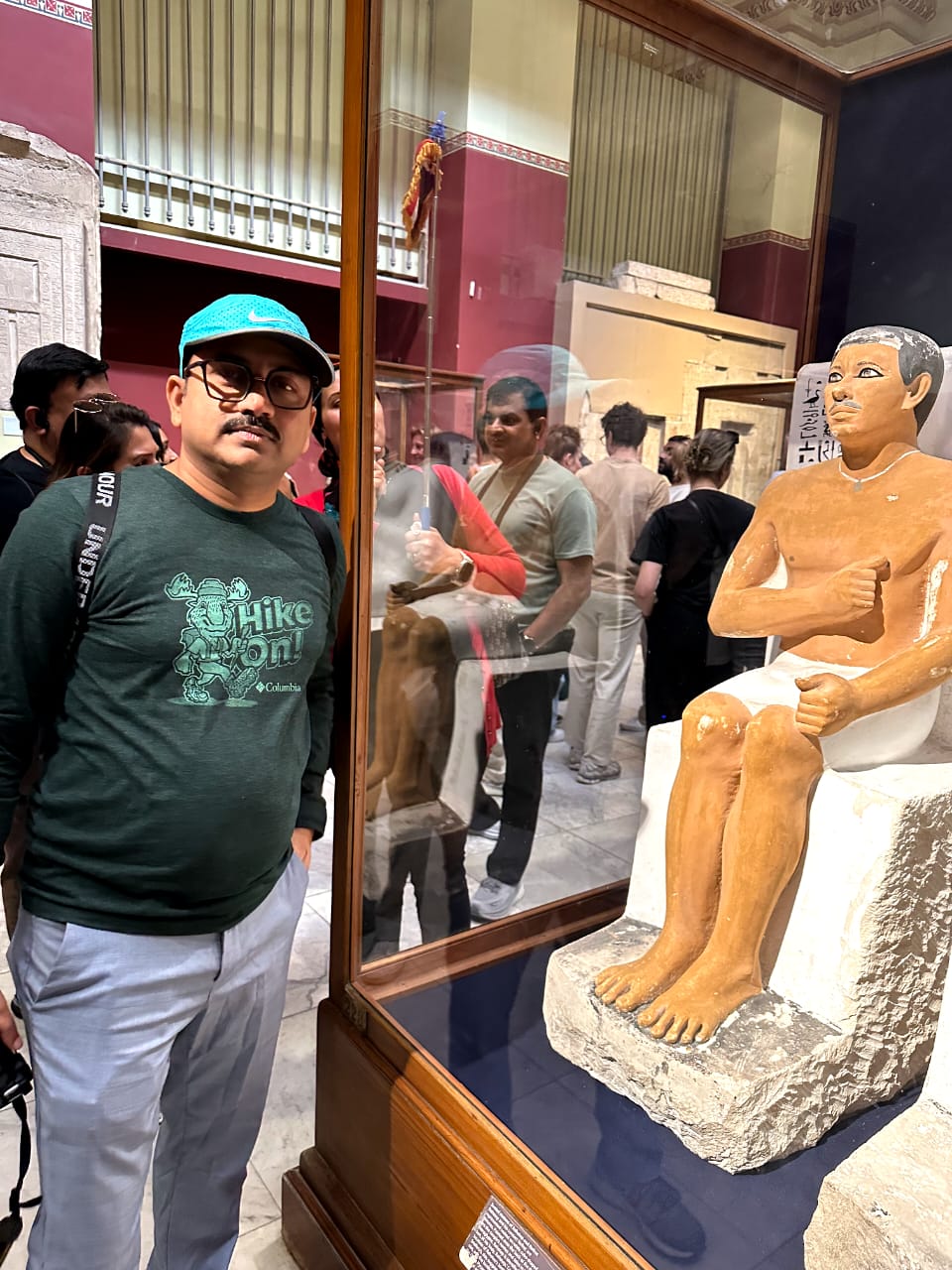
.jpg)
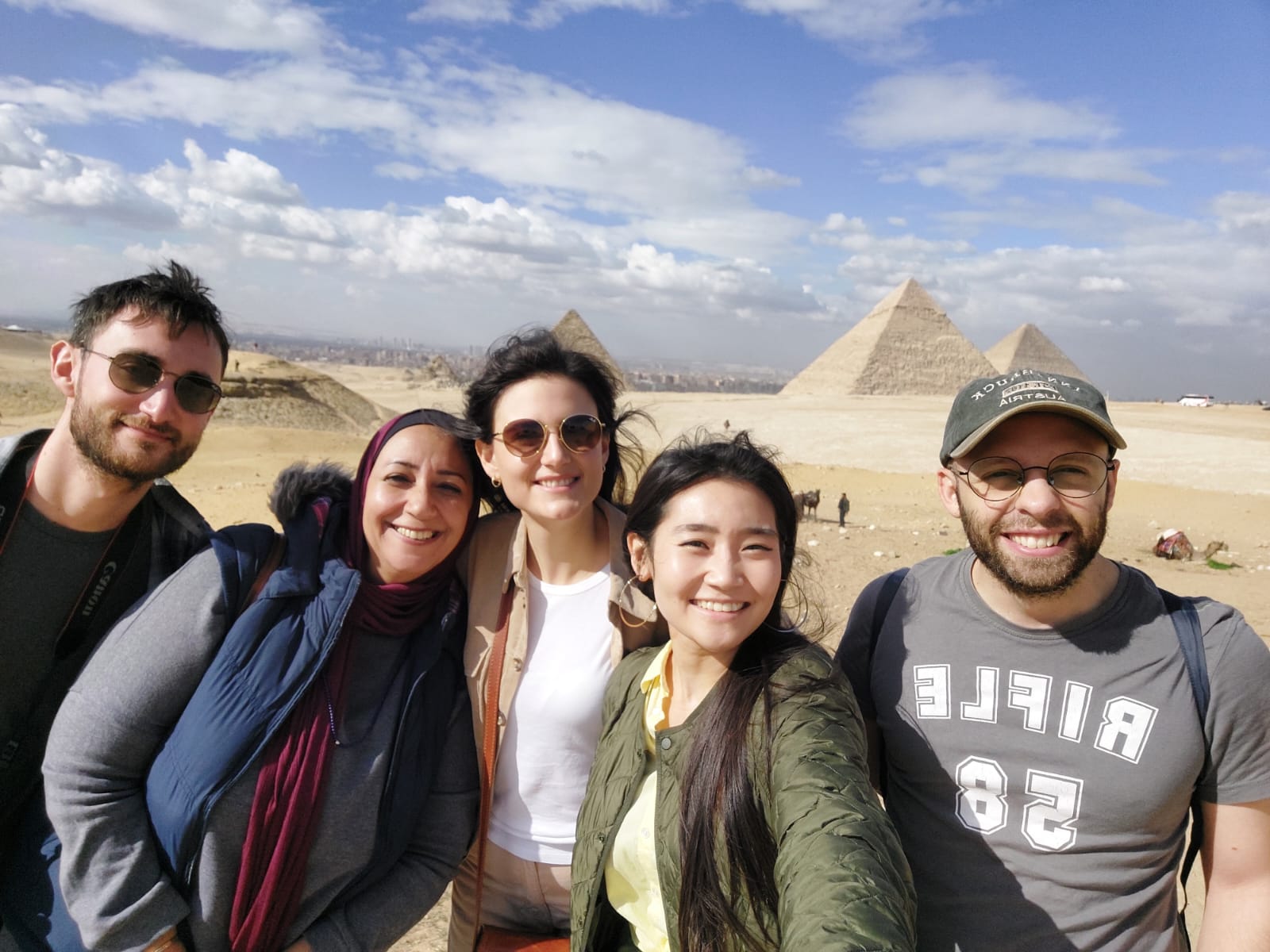
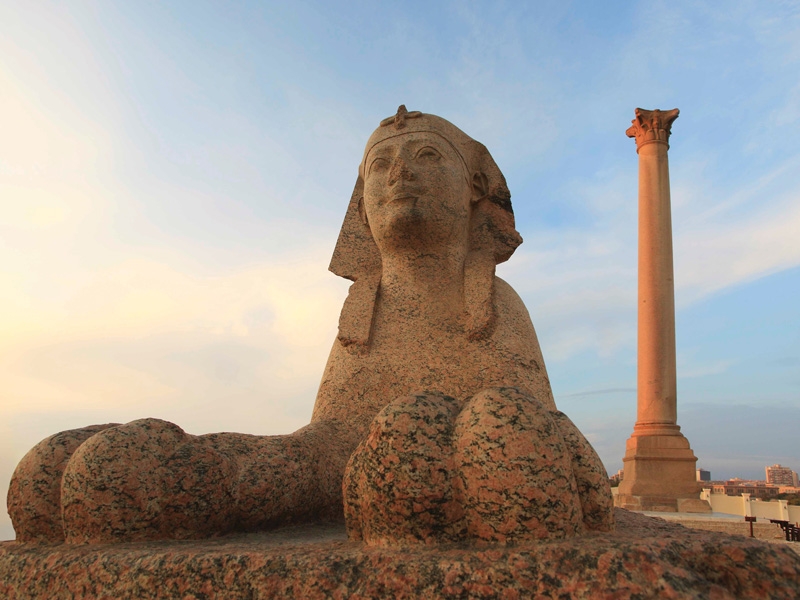
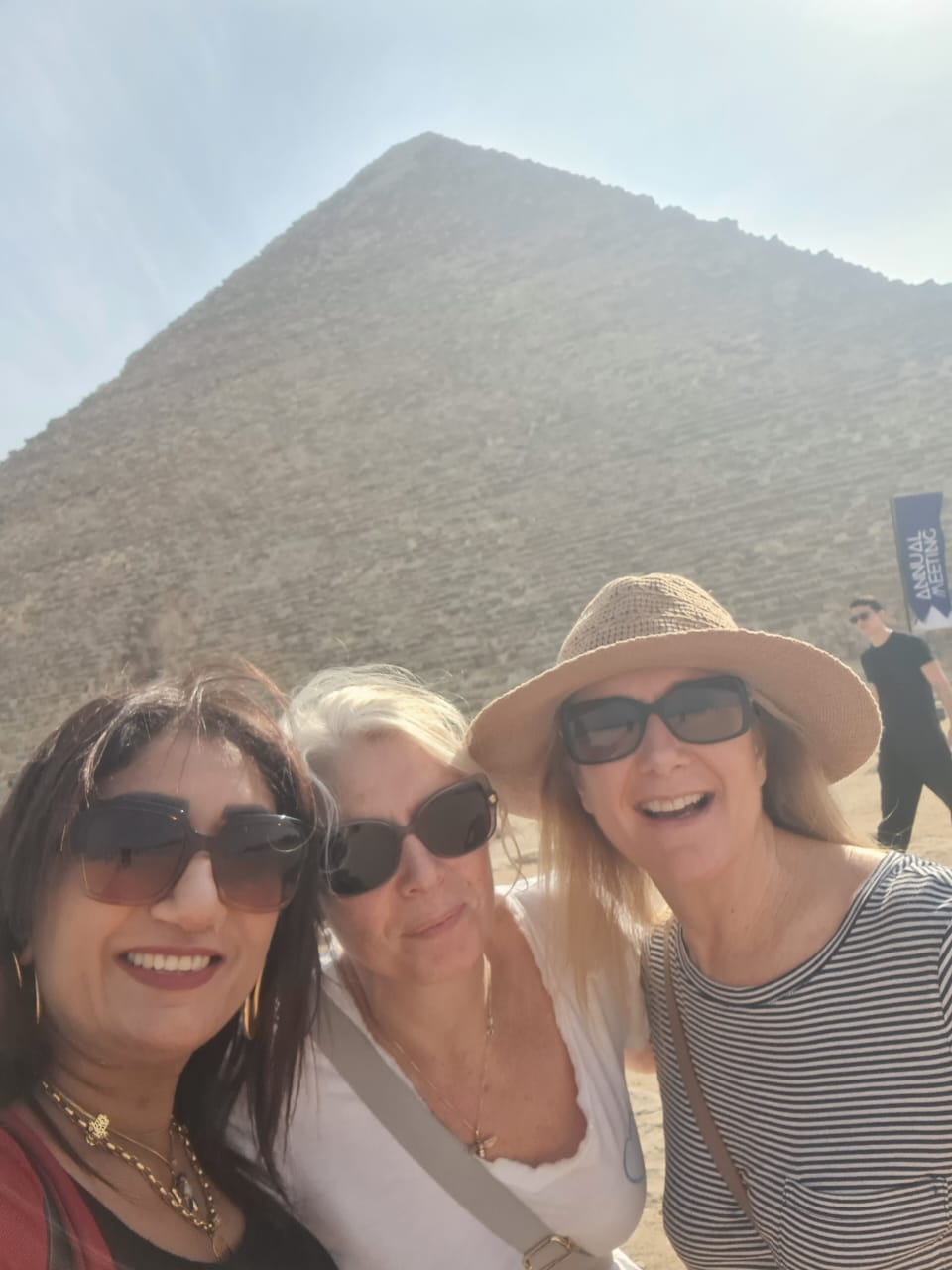


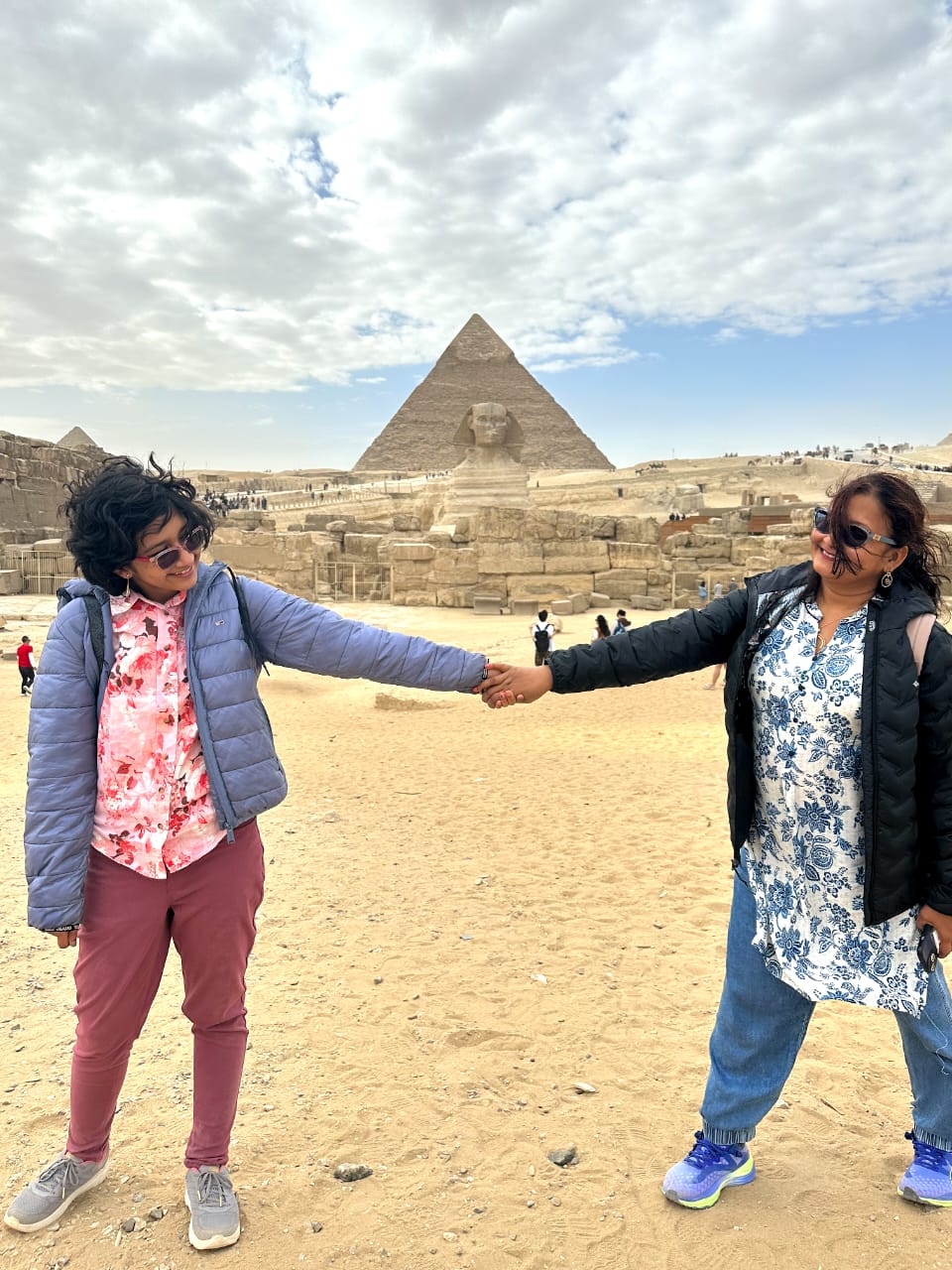
.jpg)
.jpg)







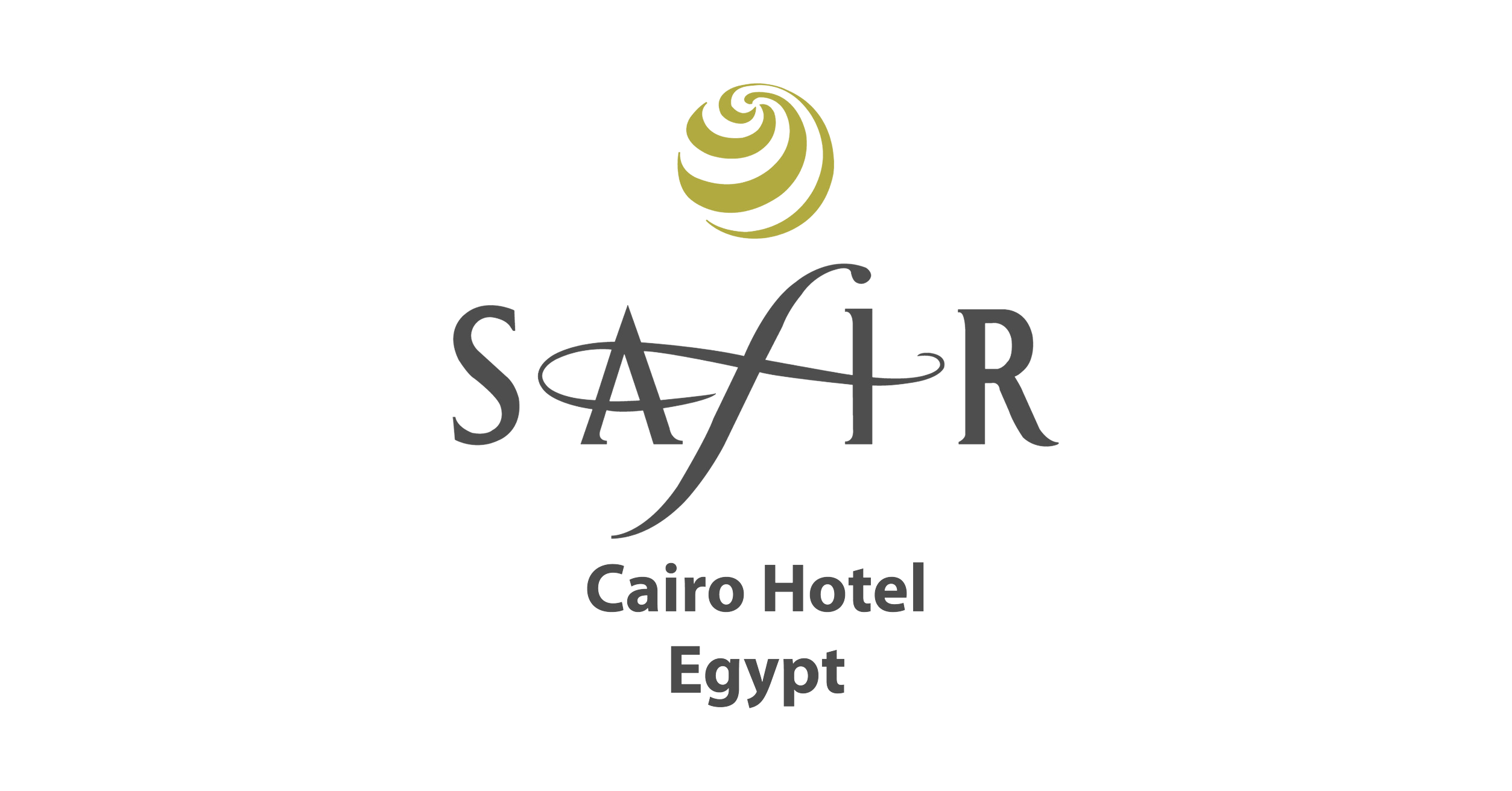


.png)

